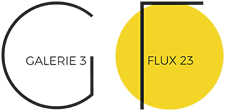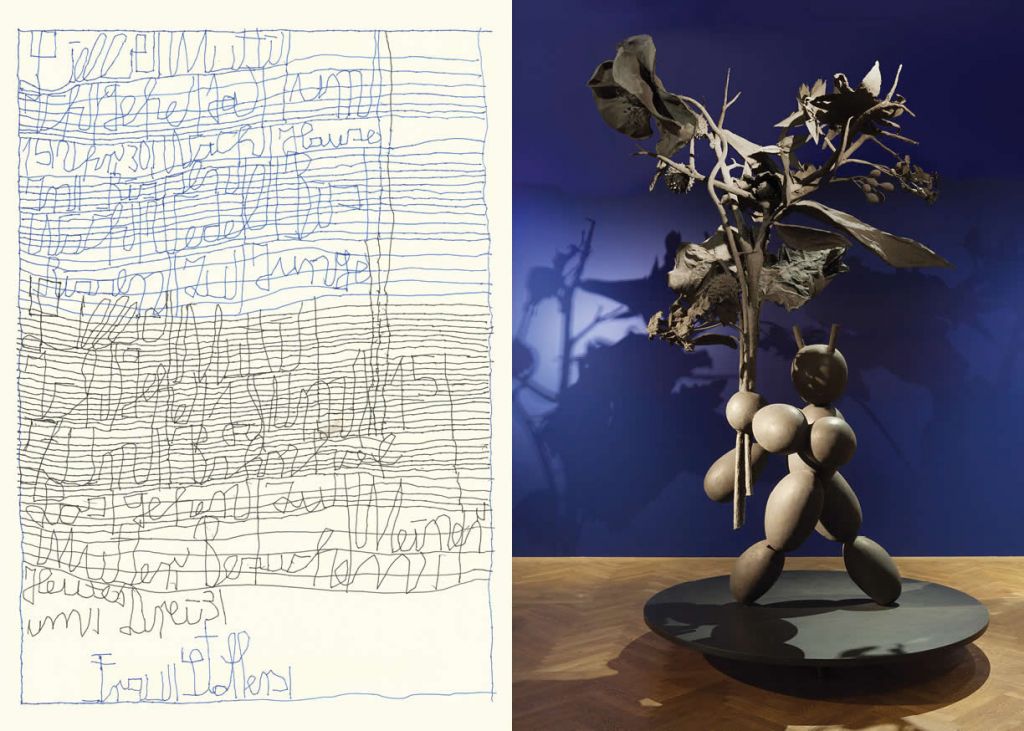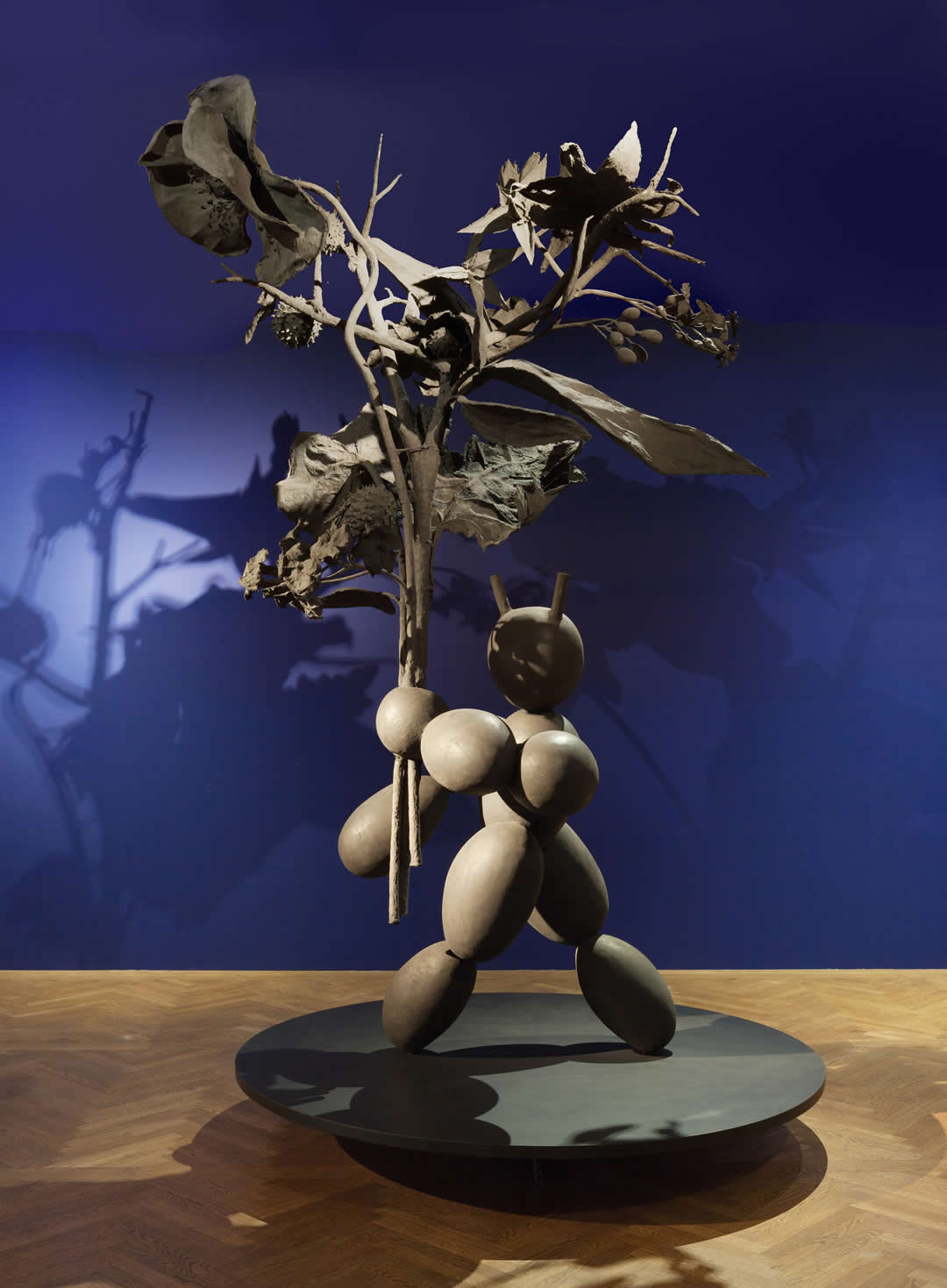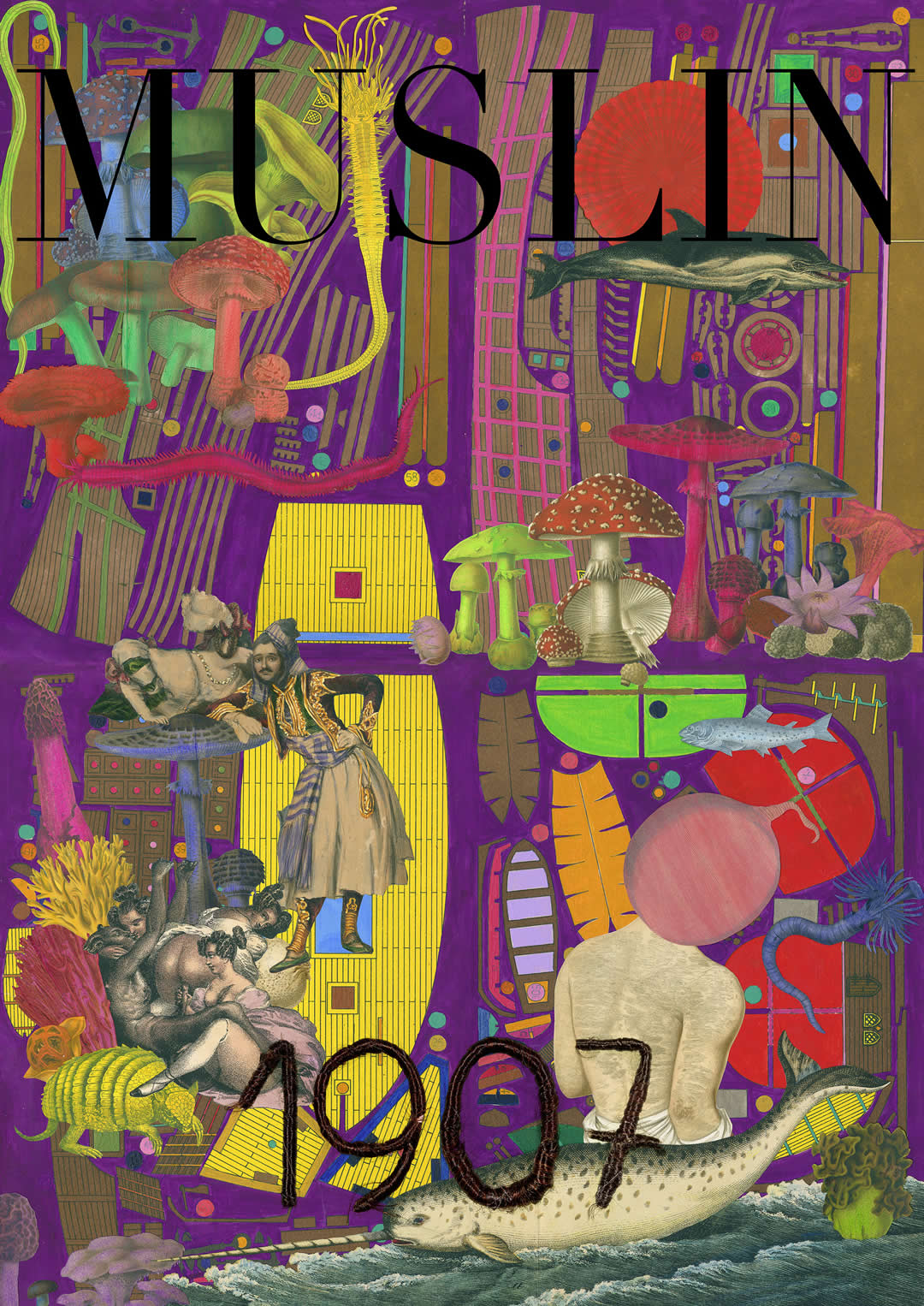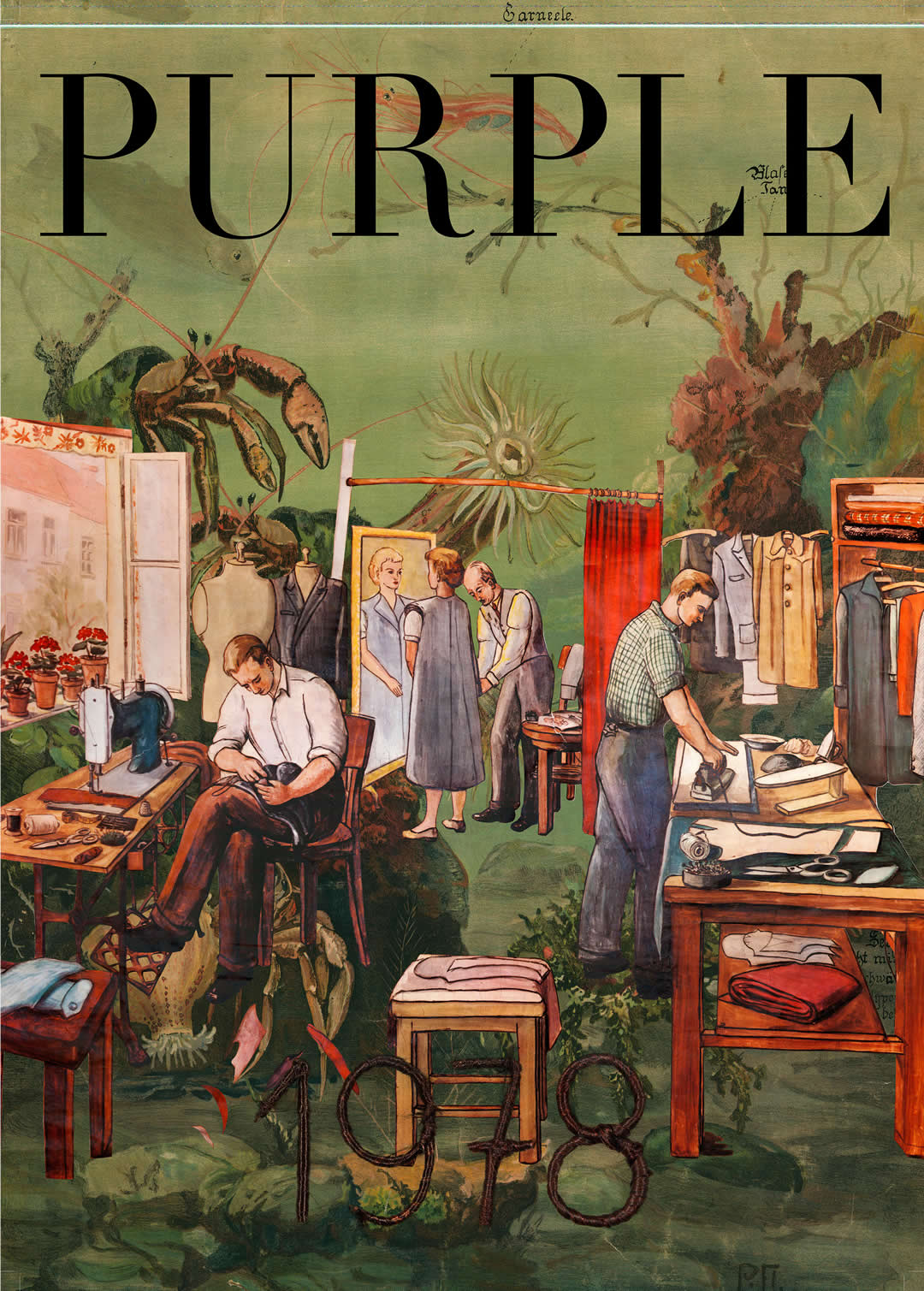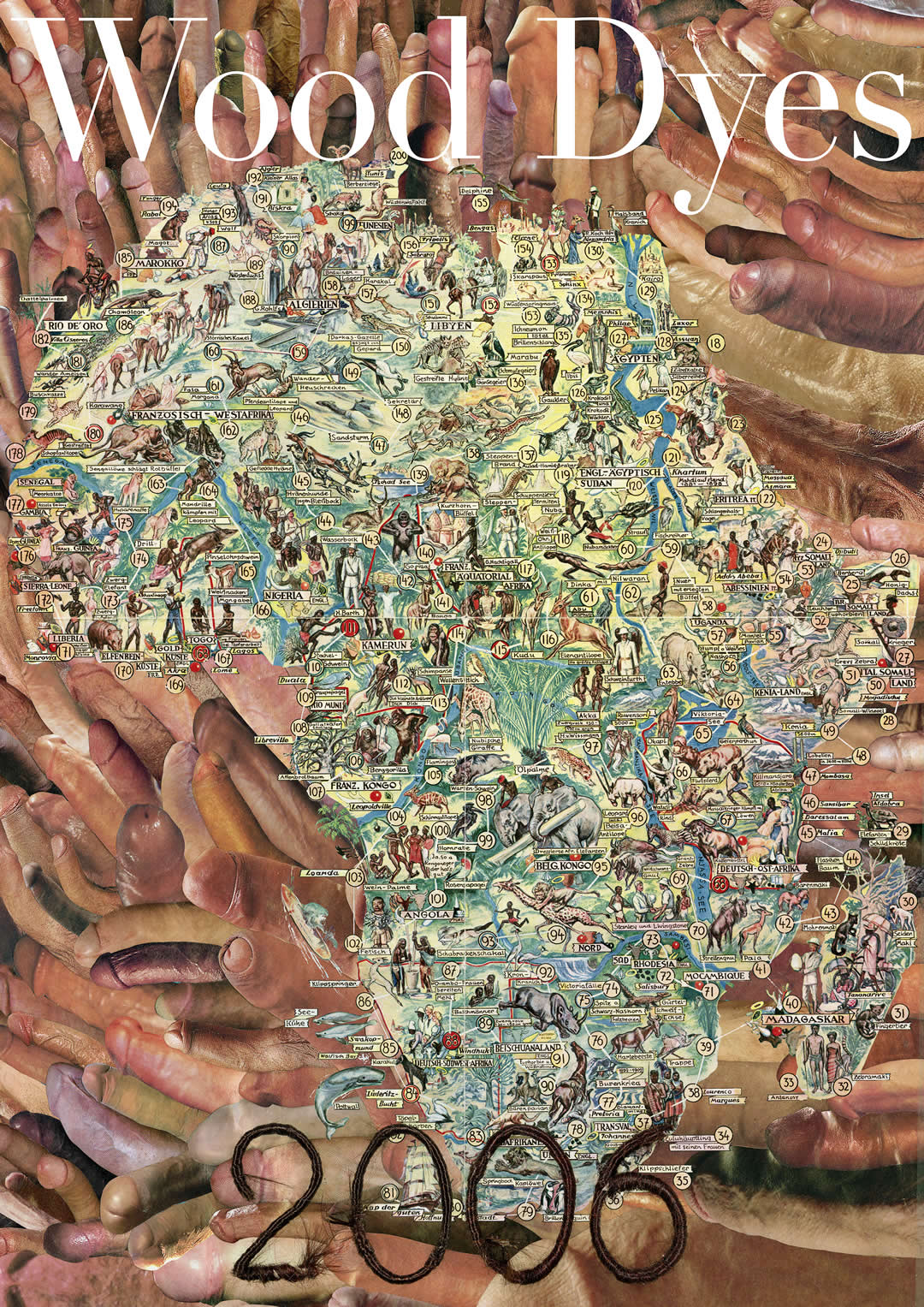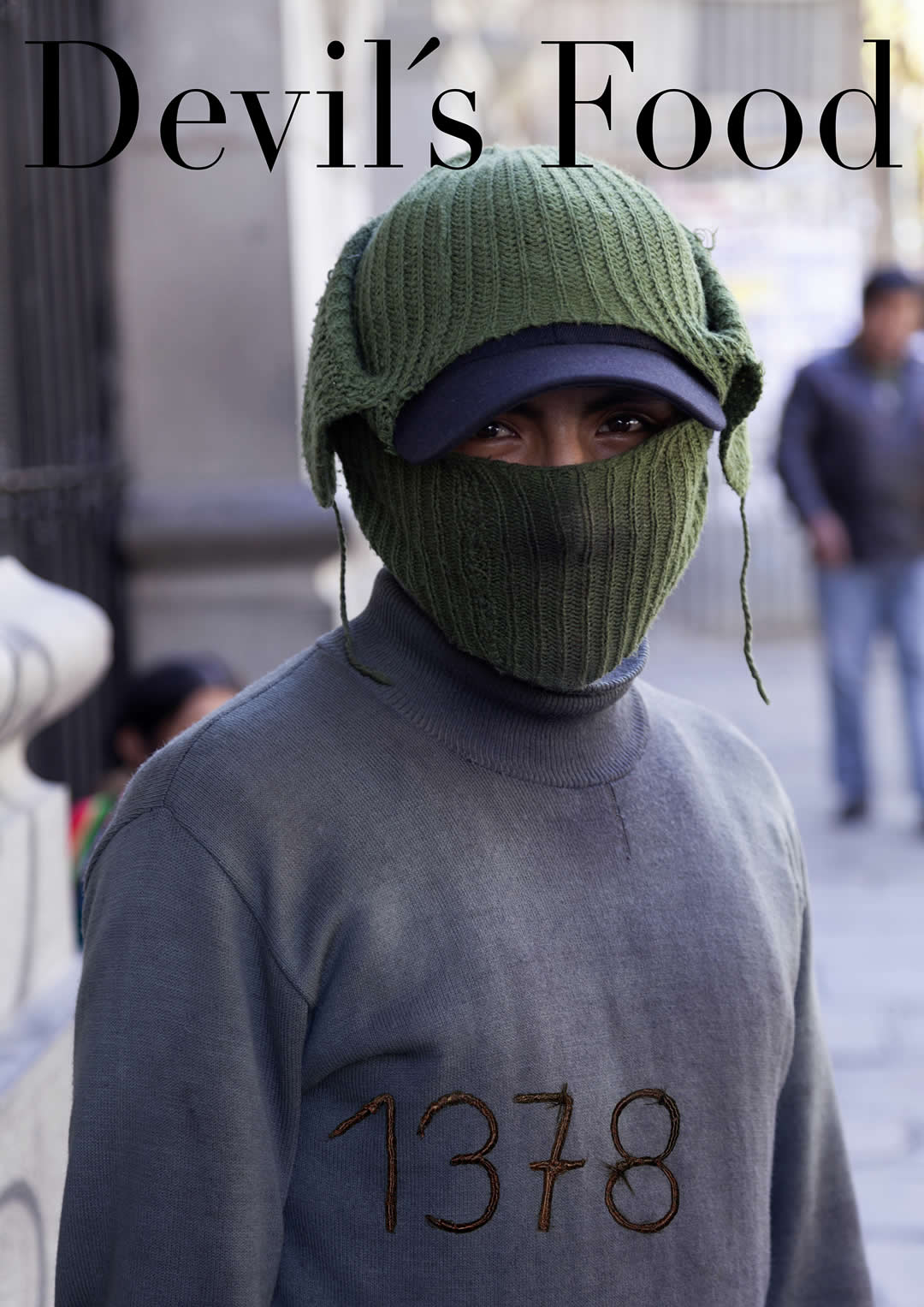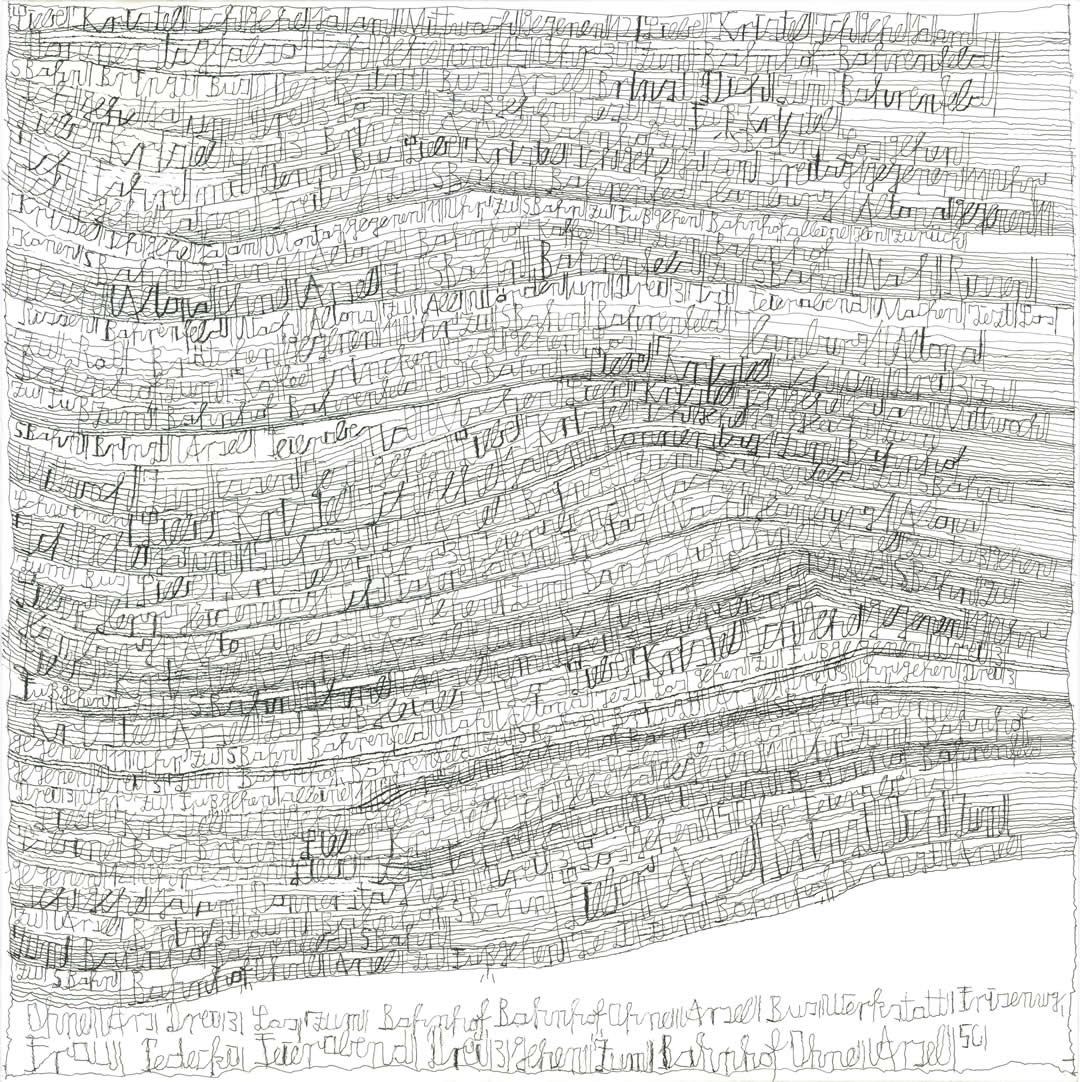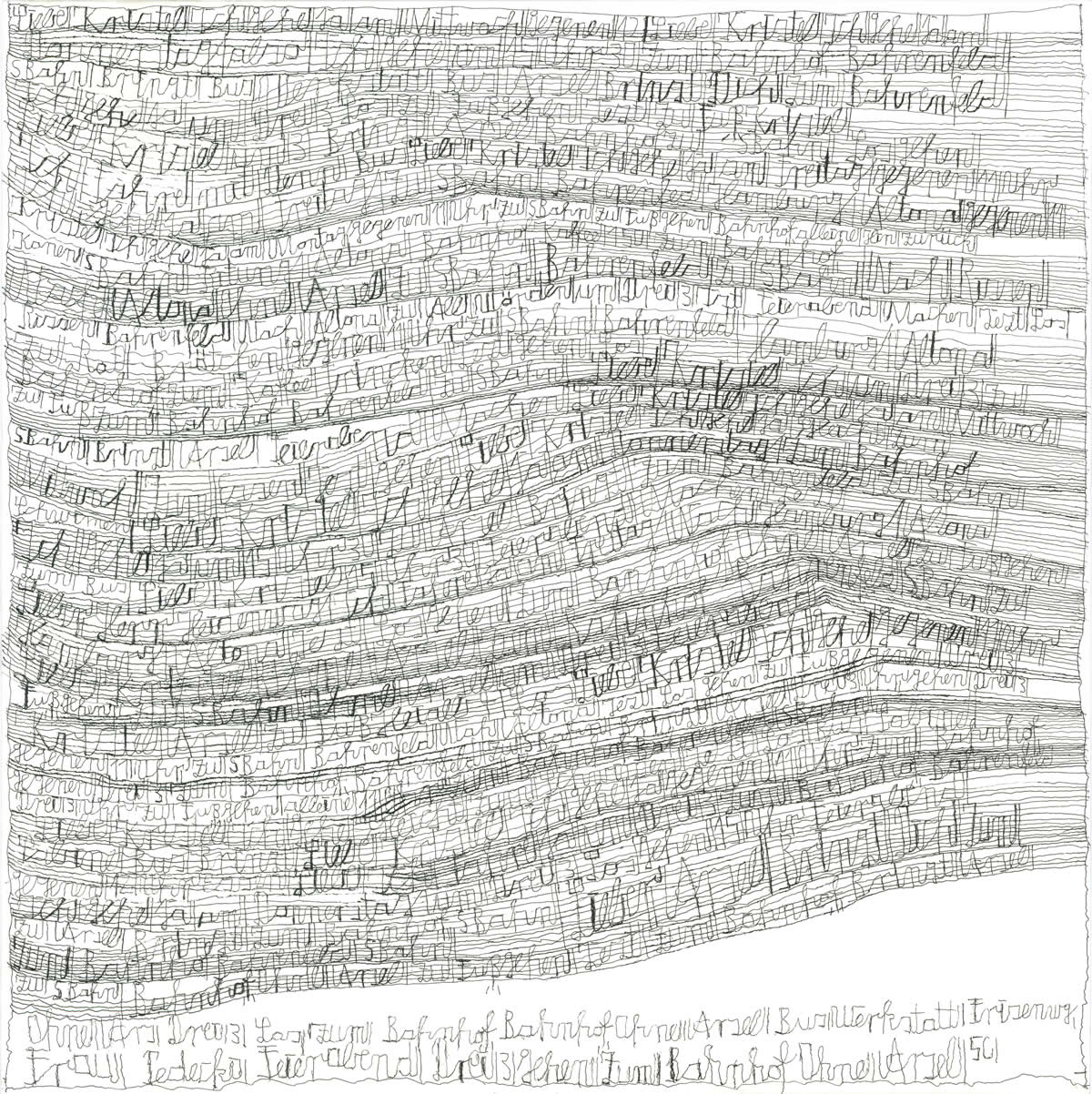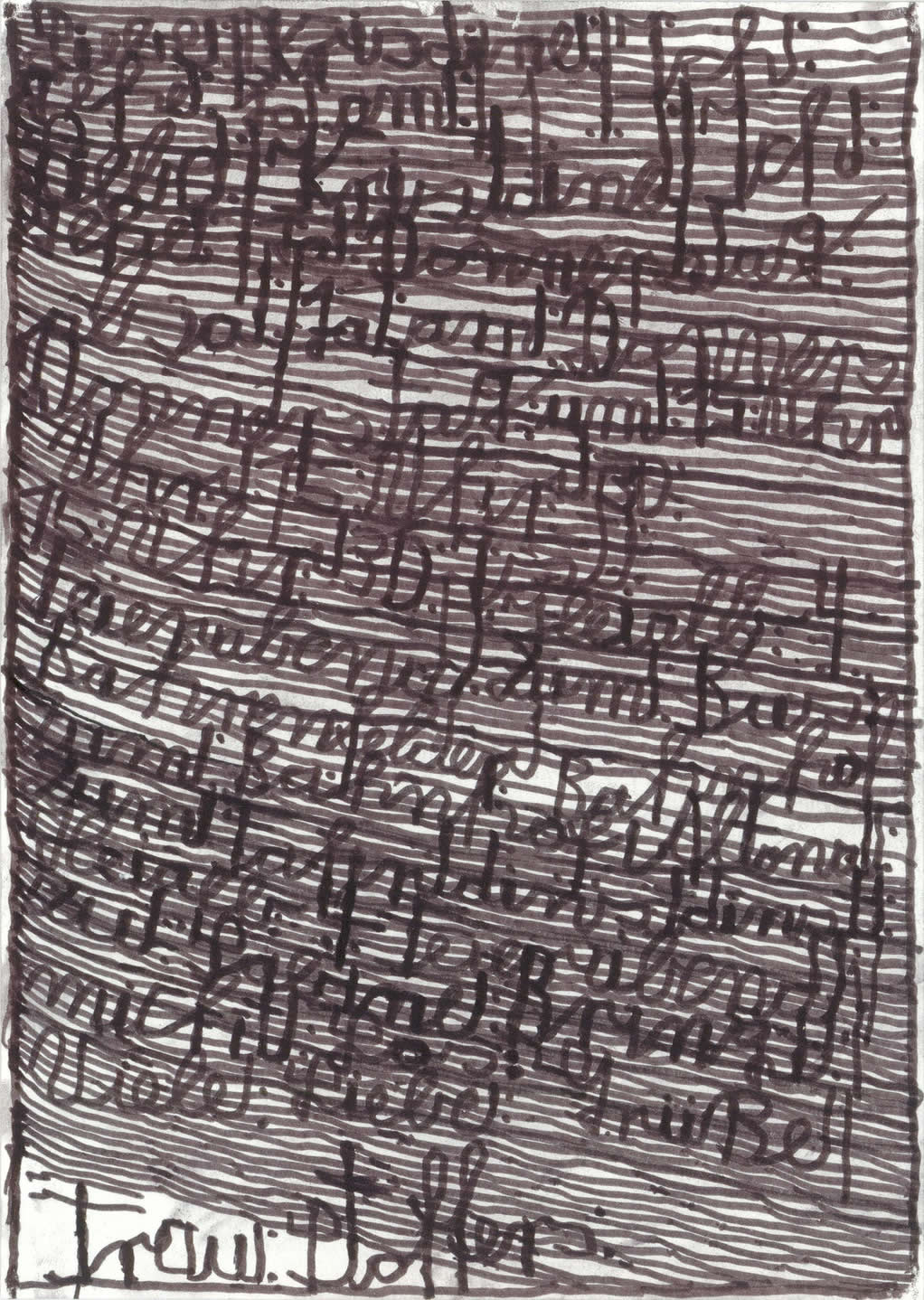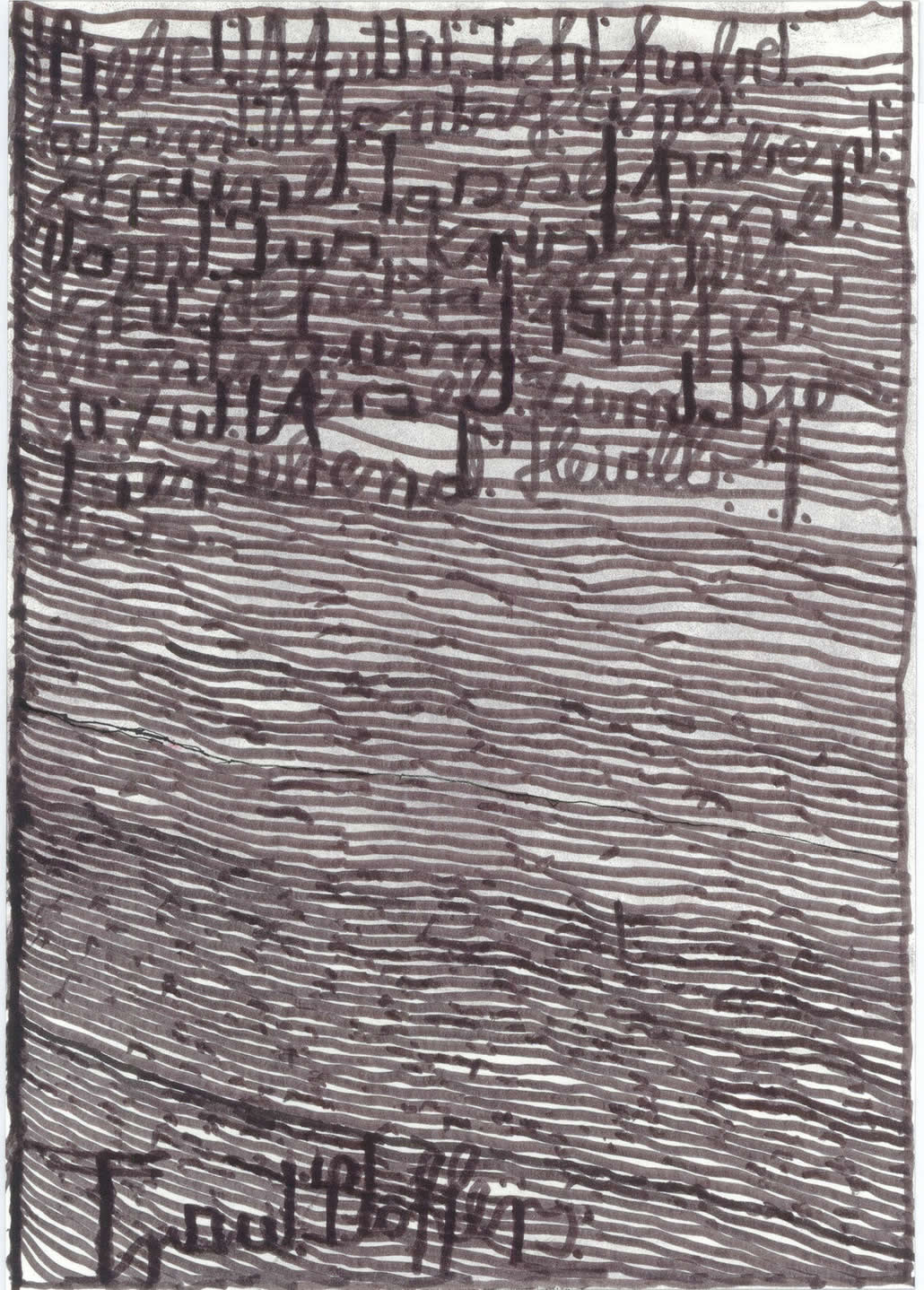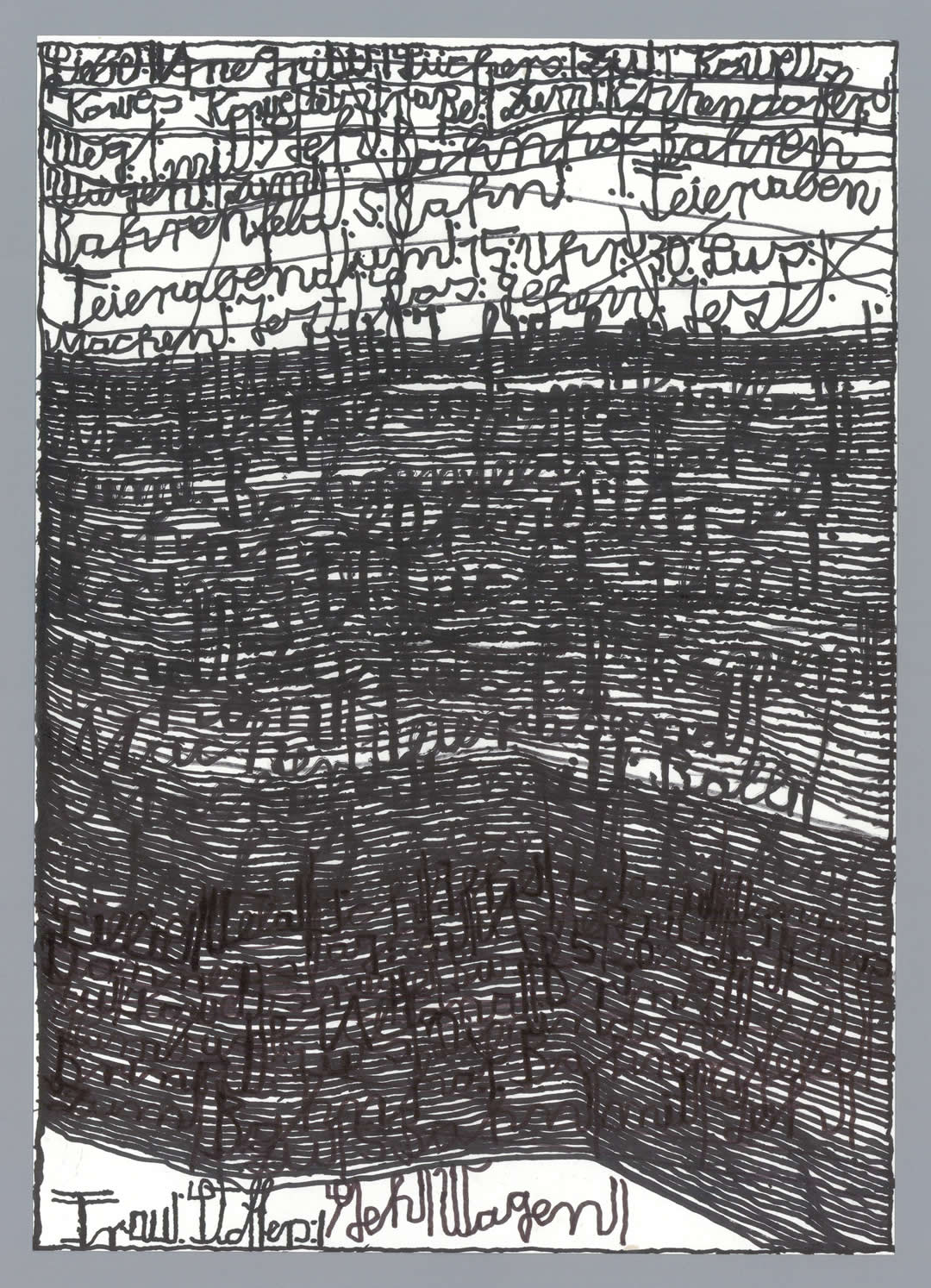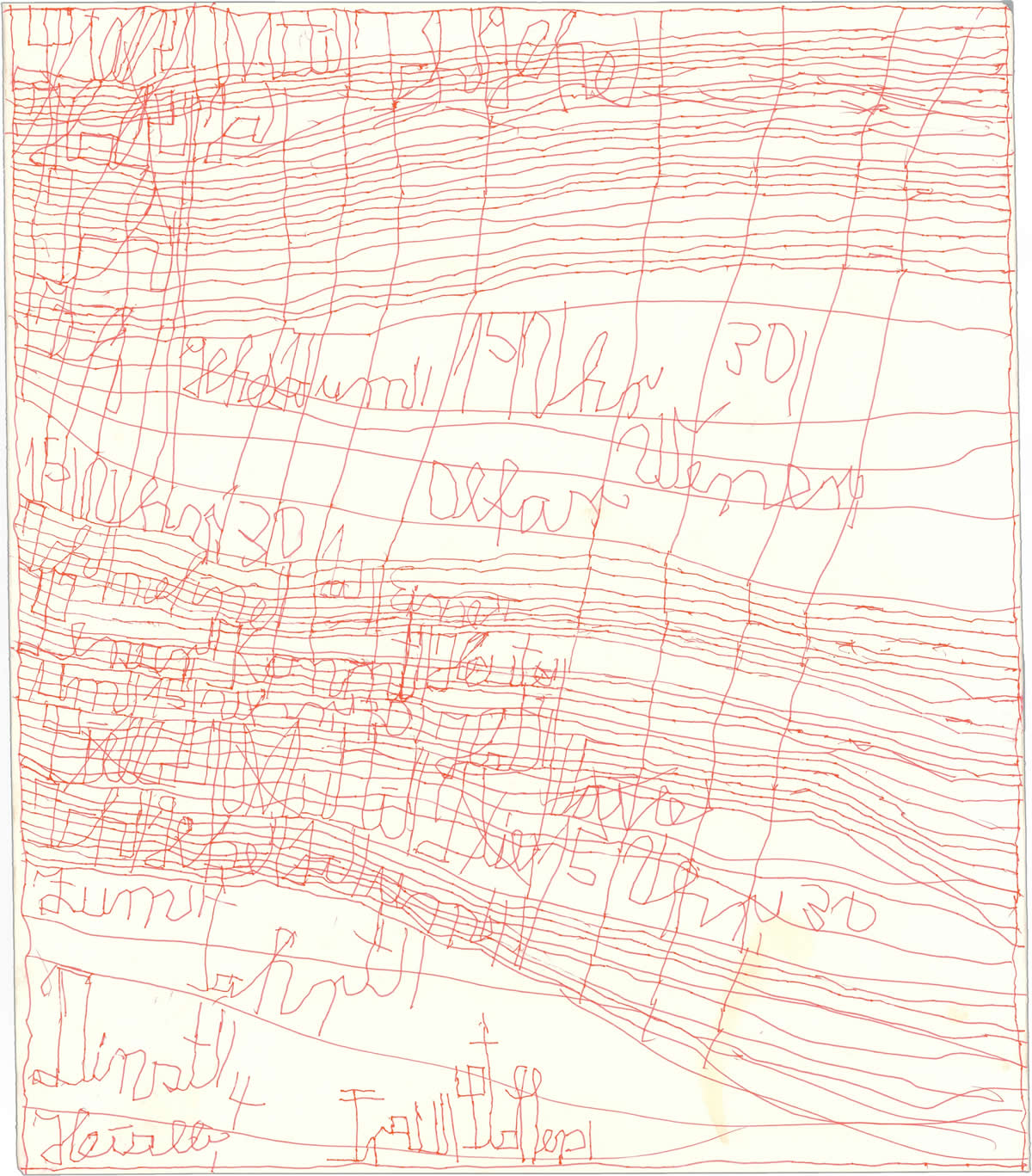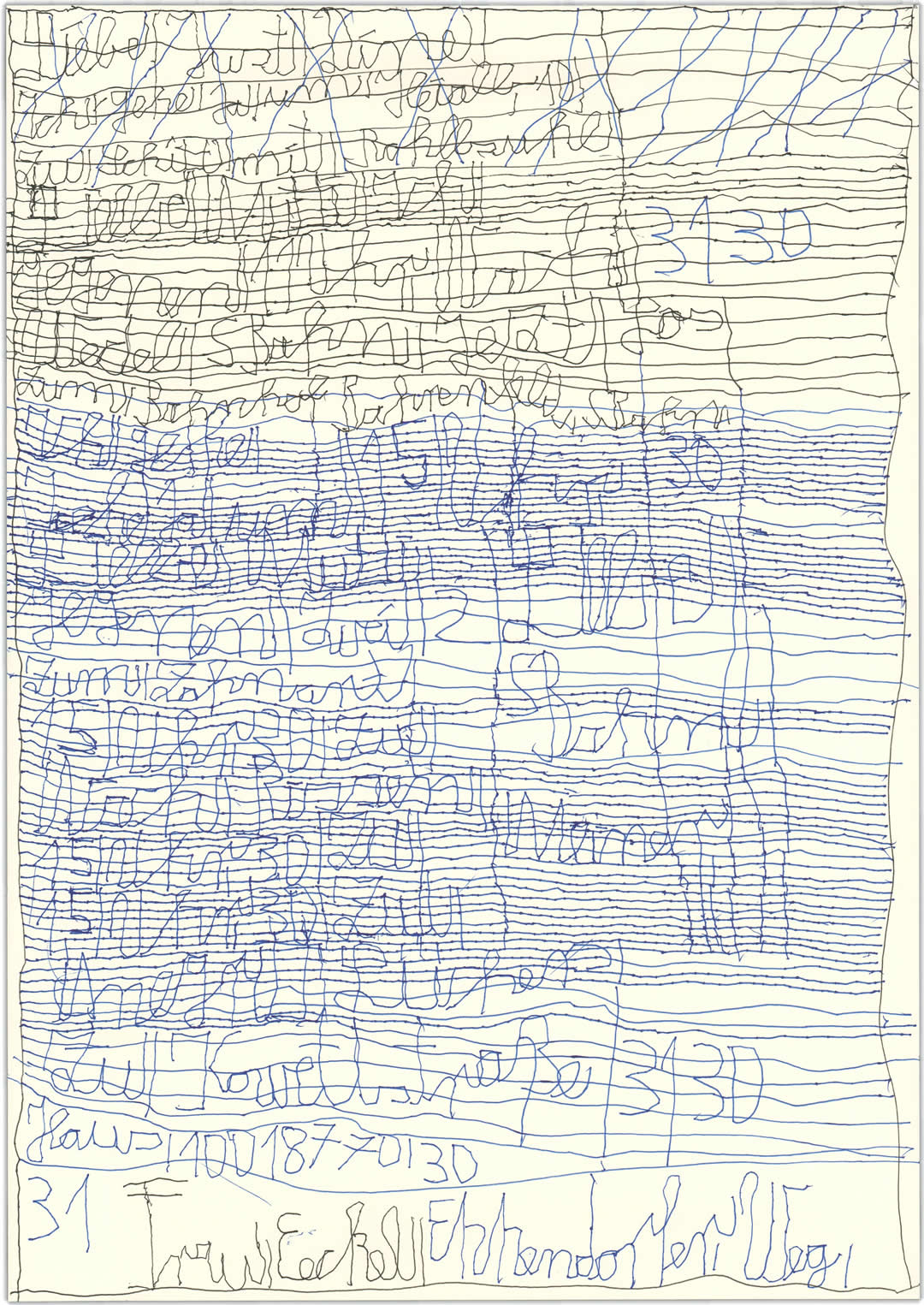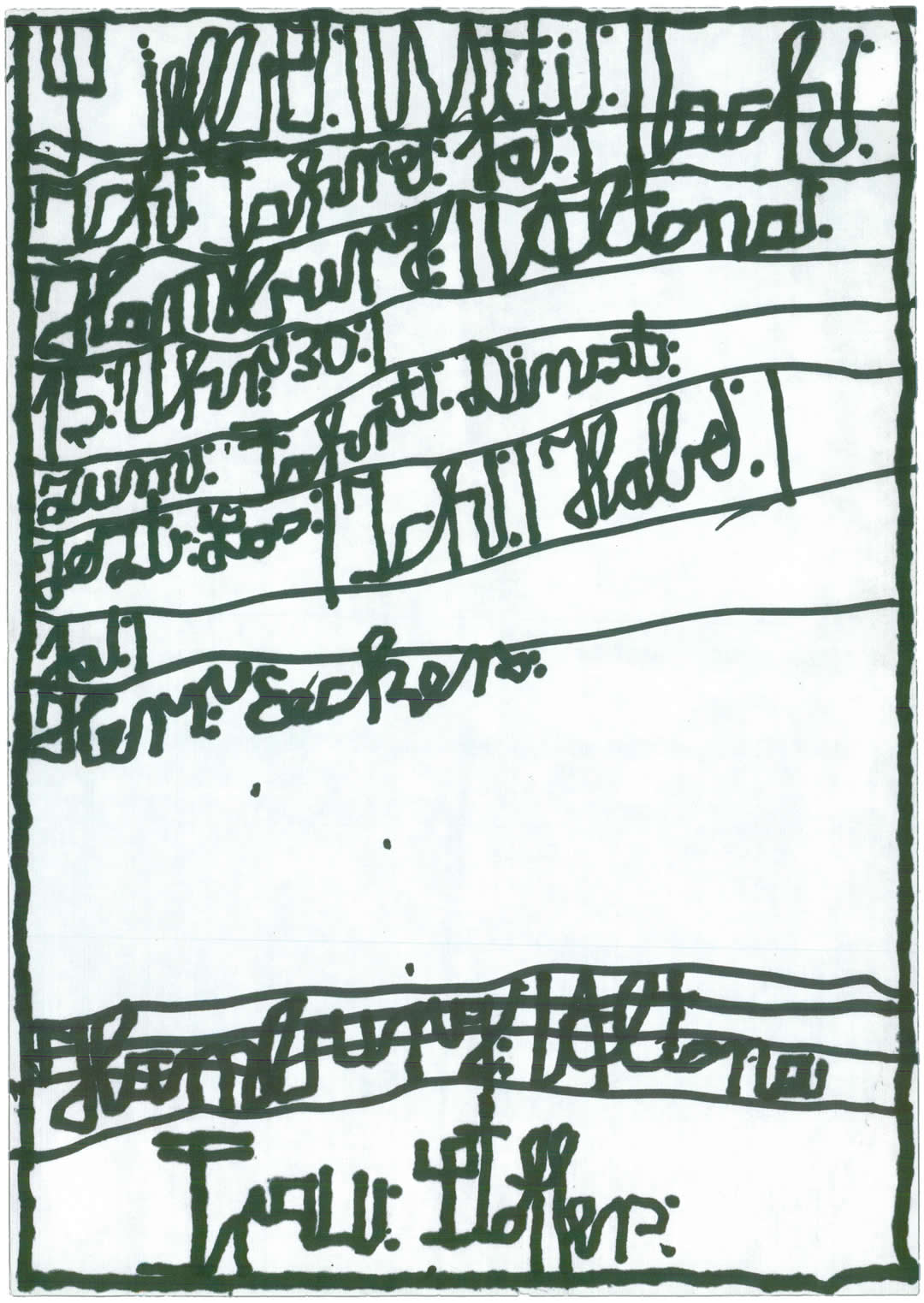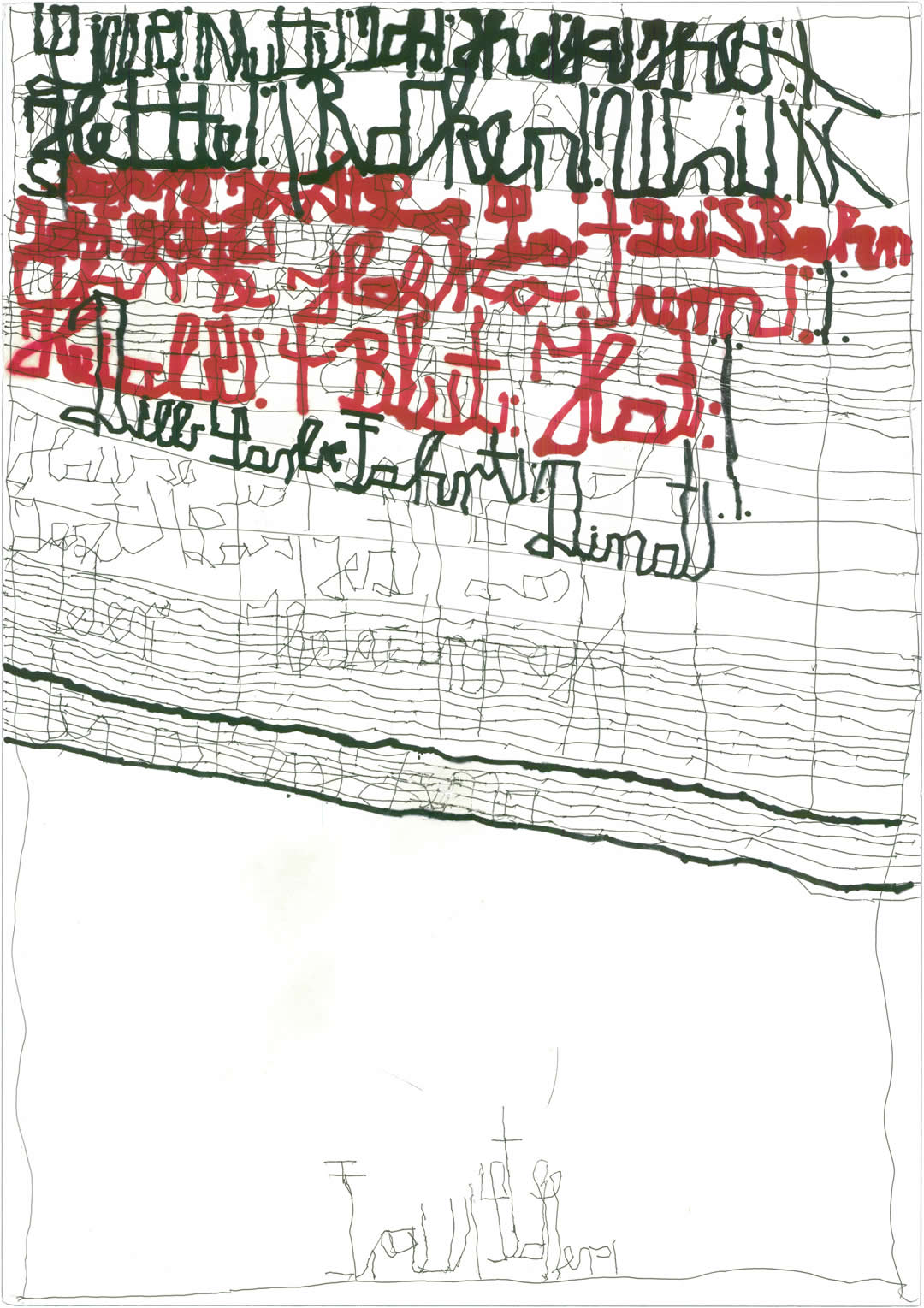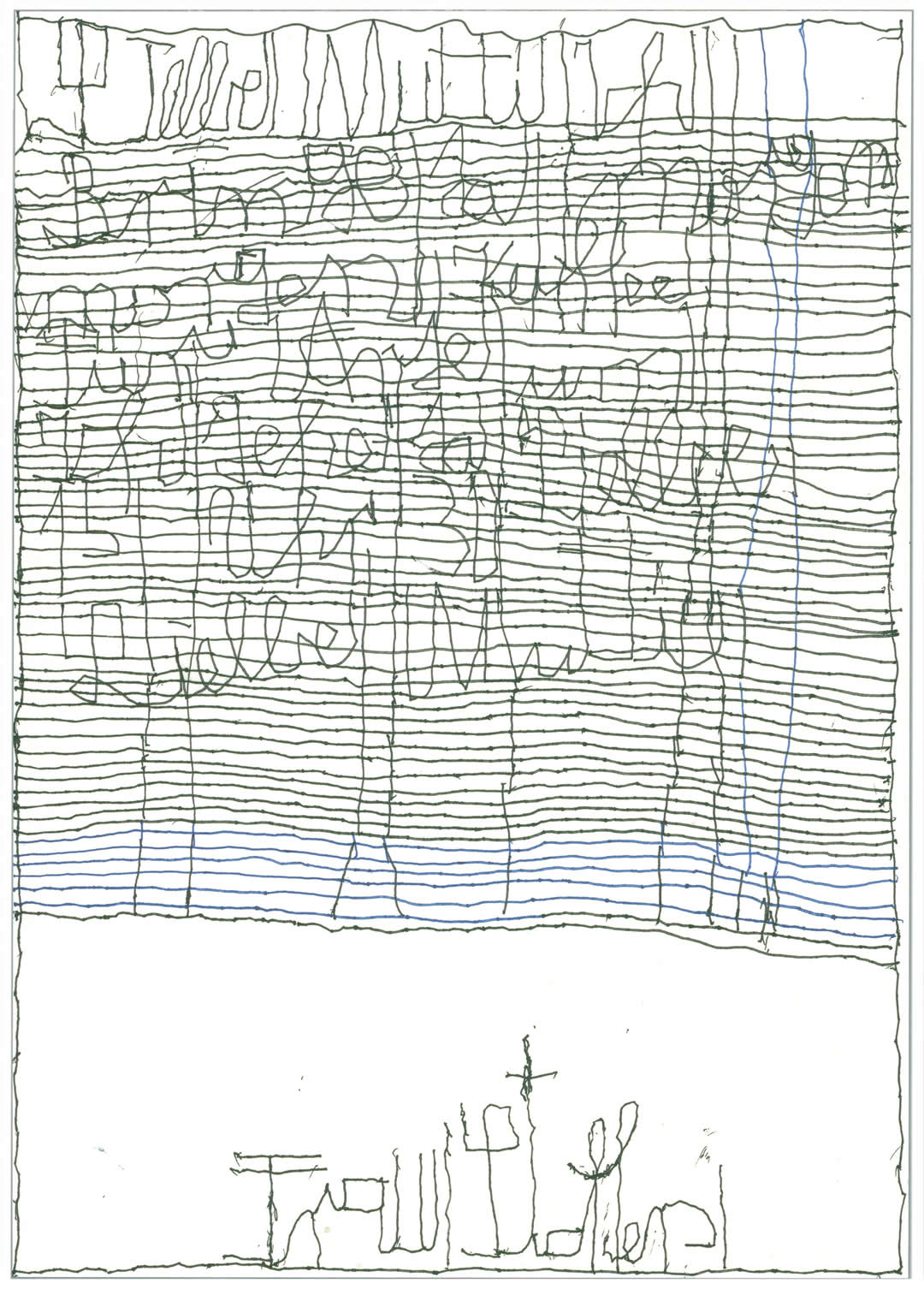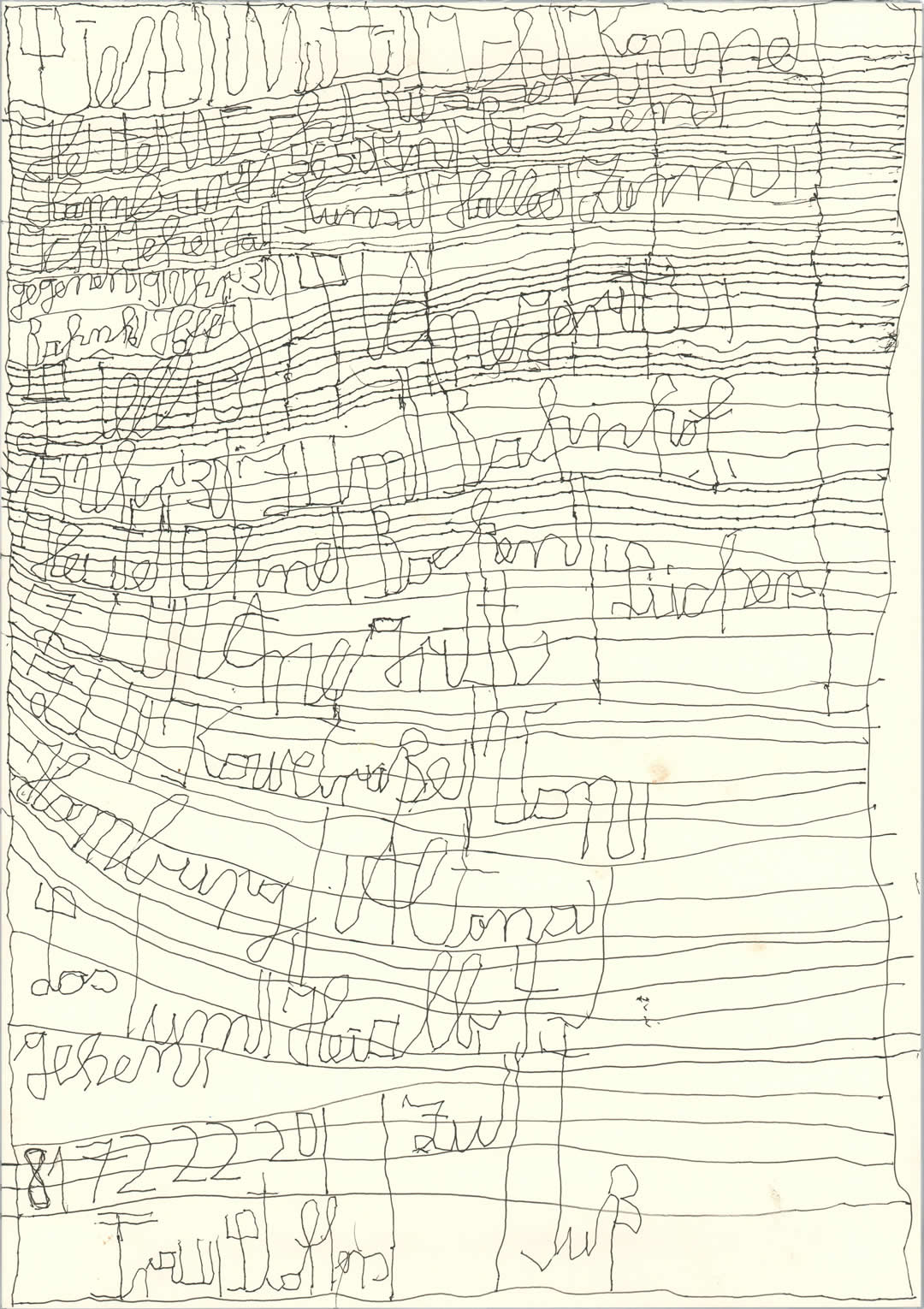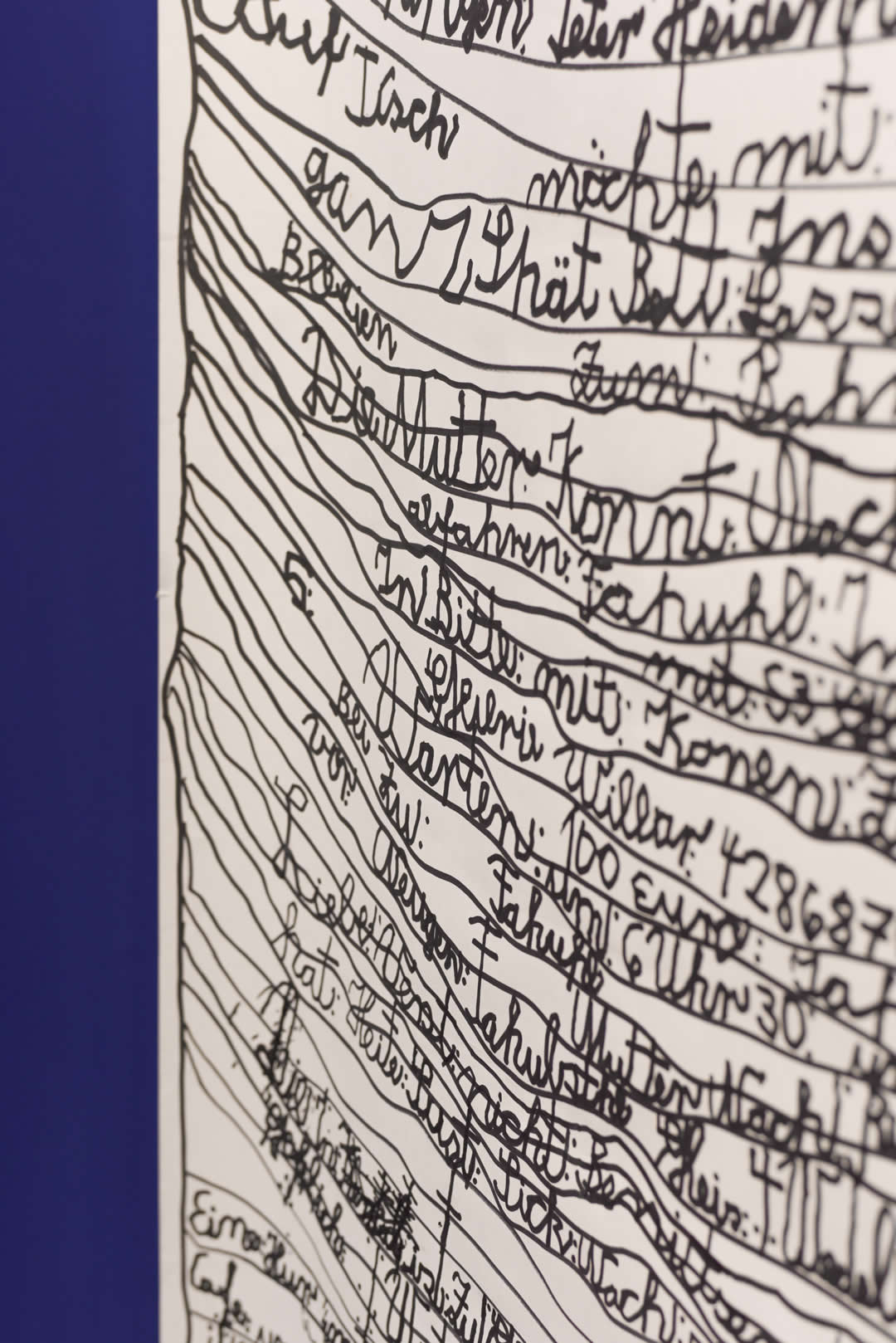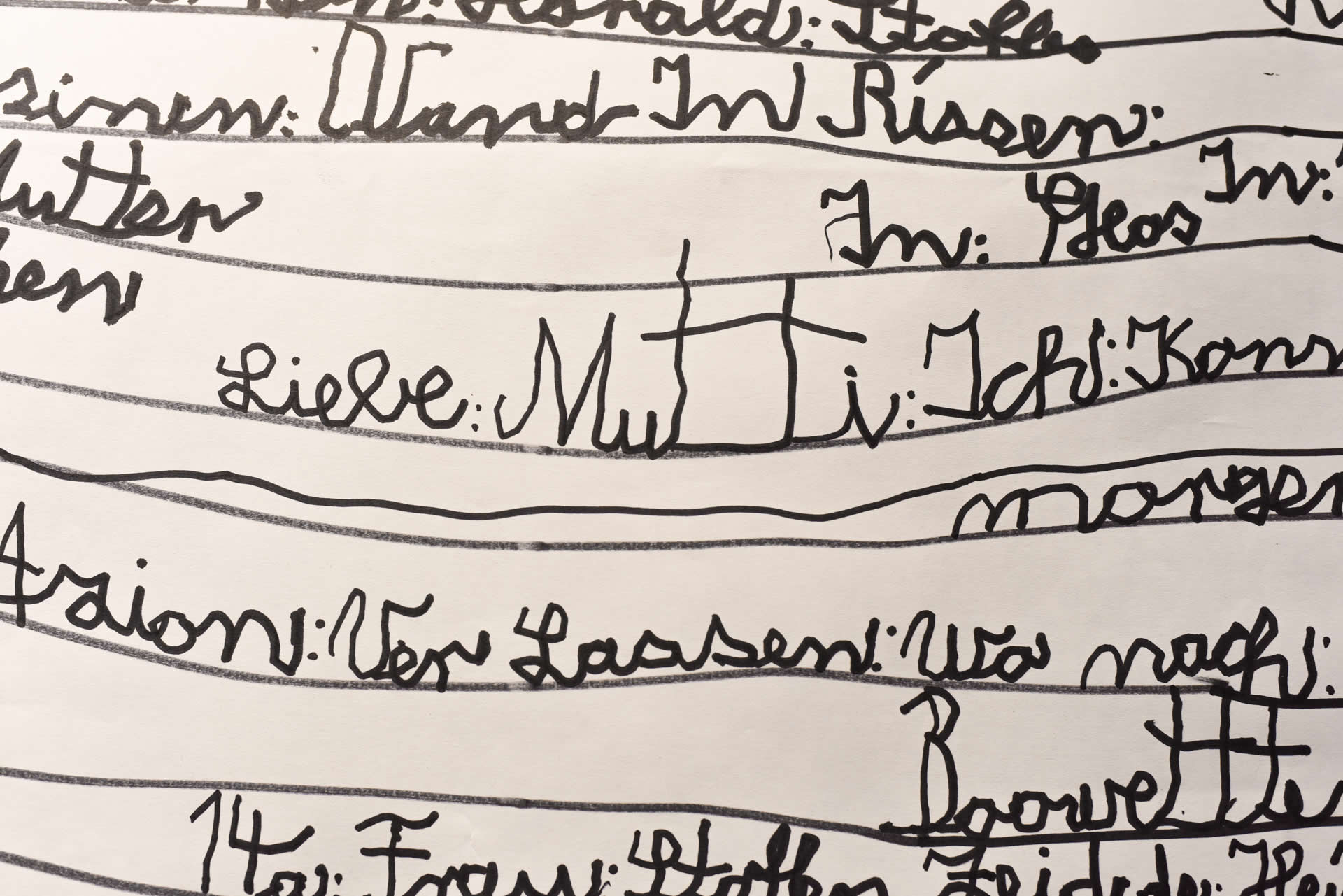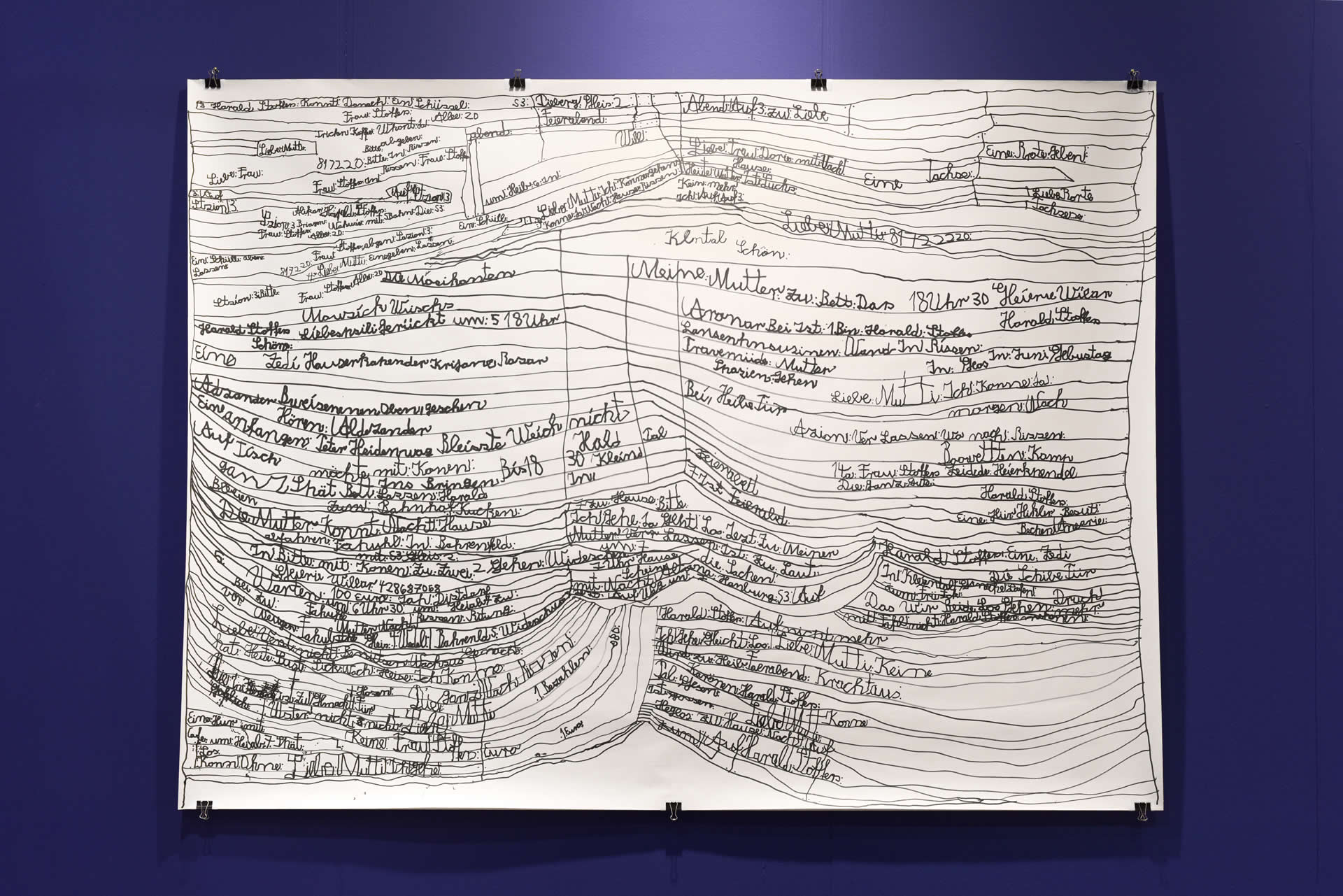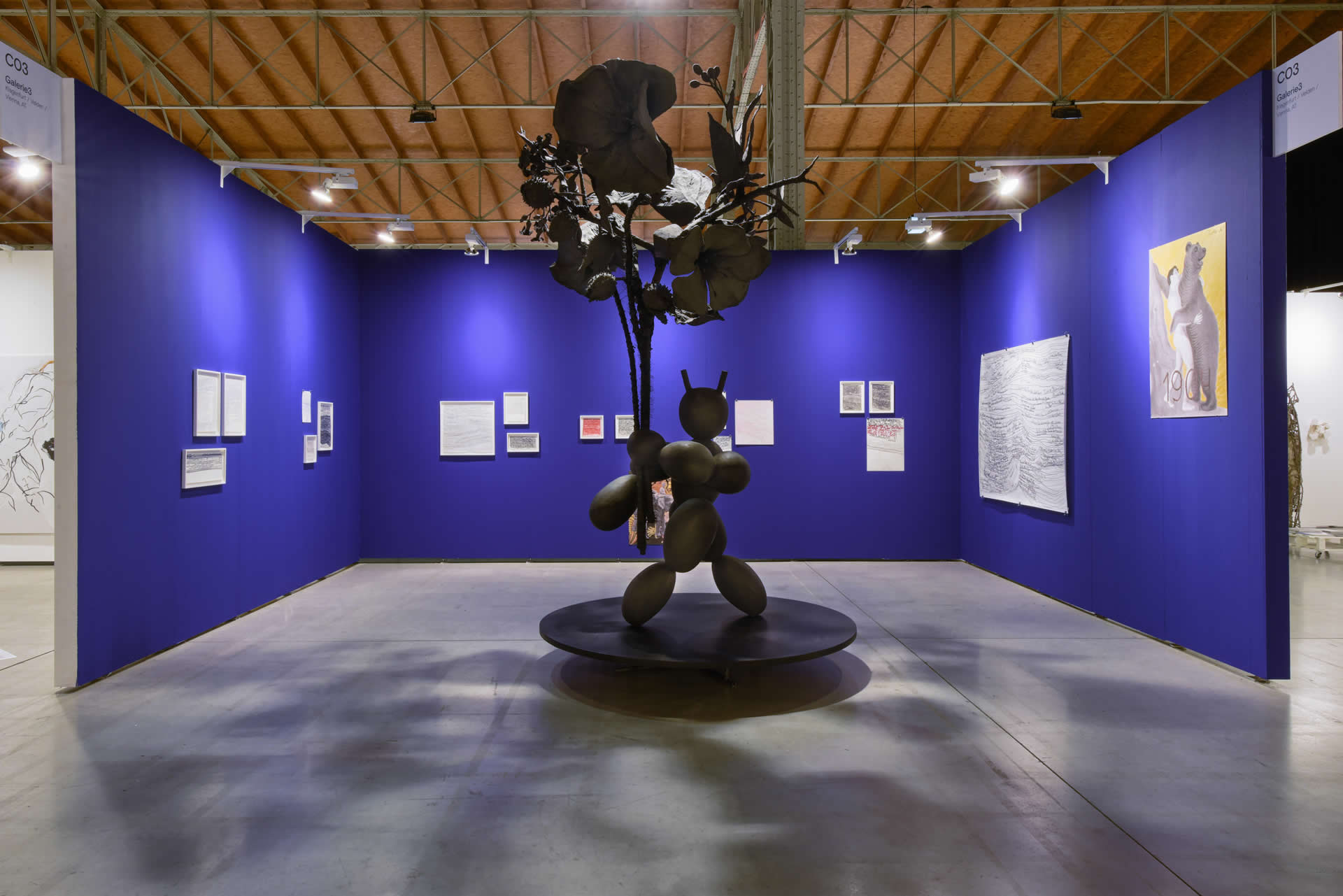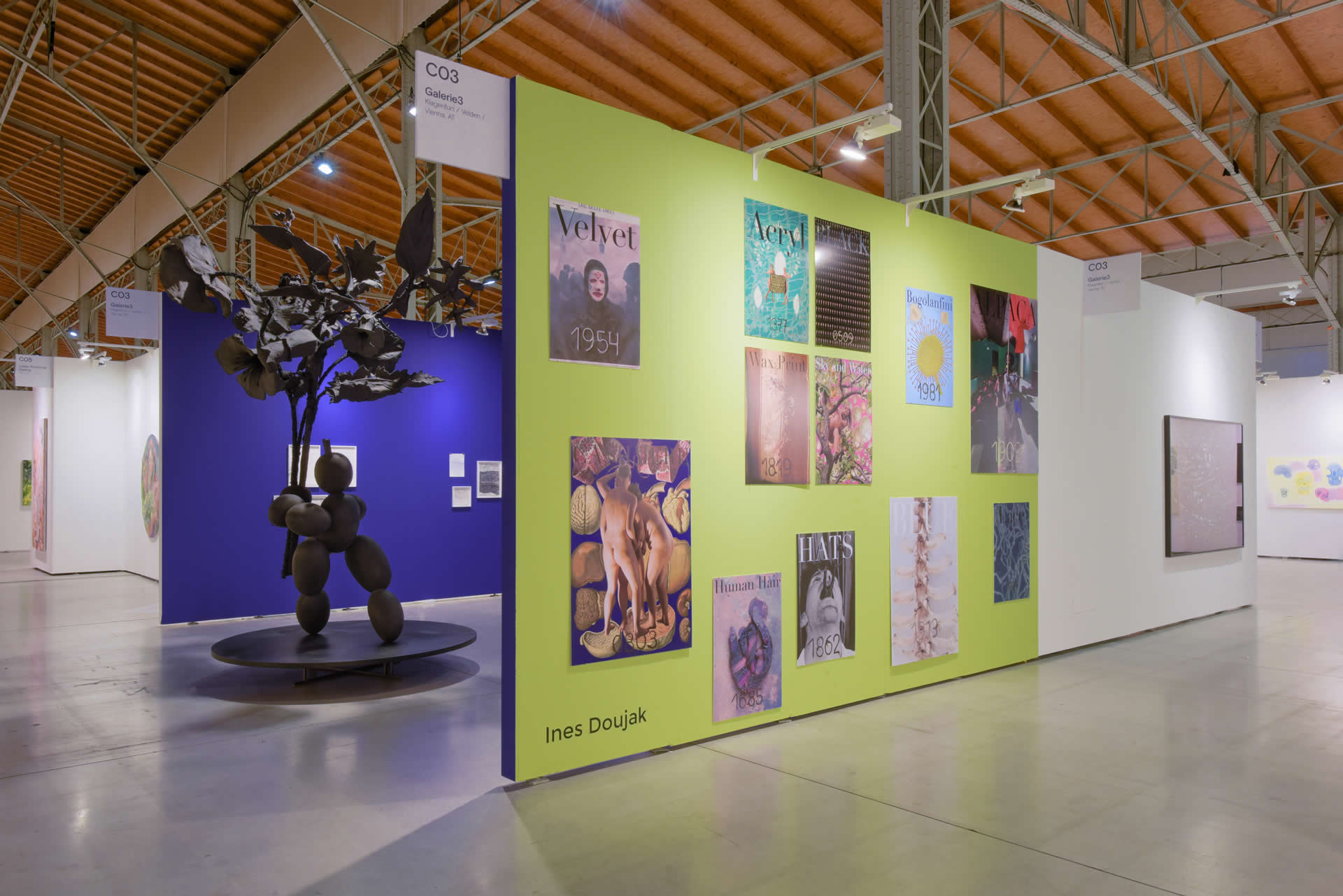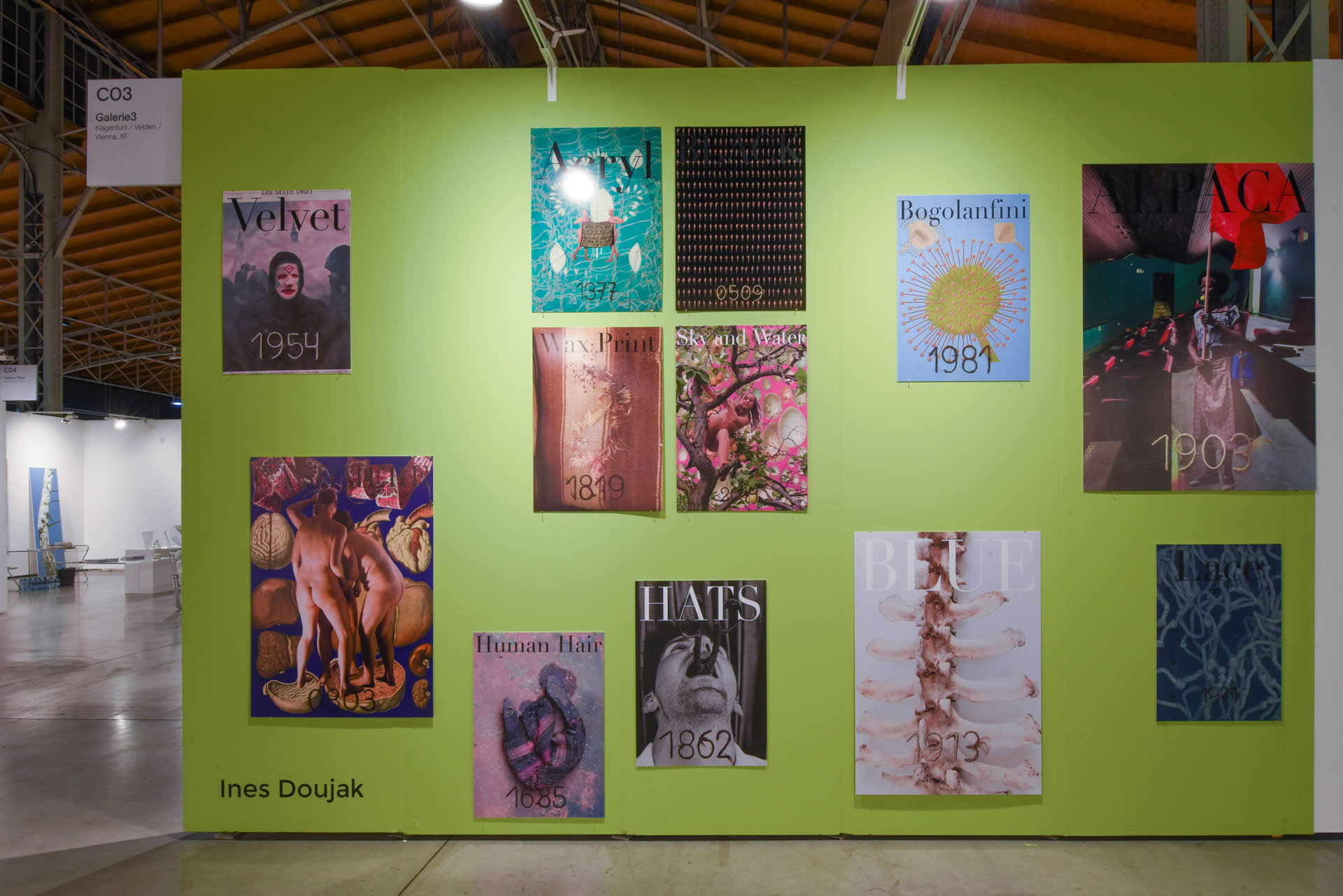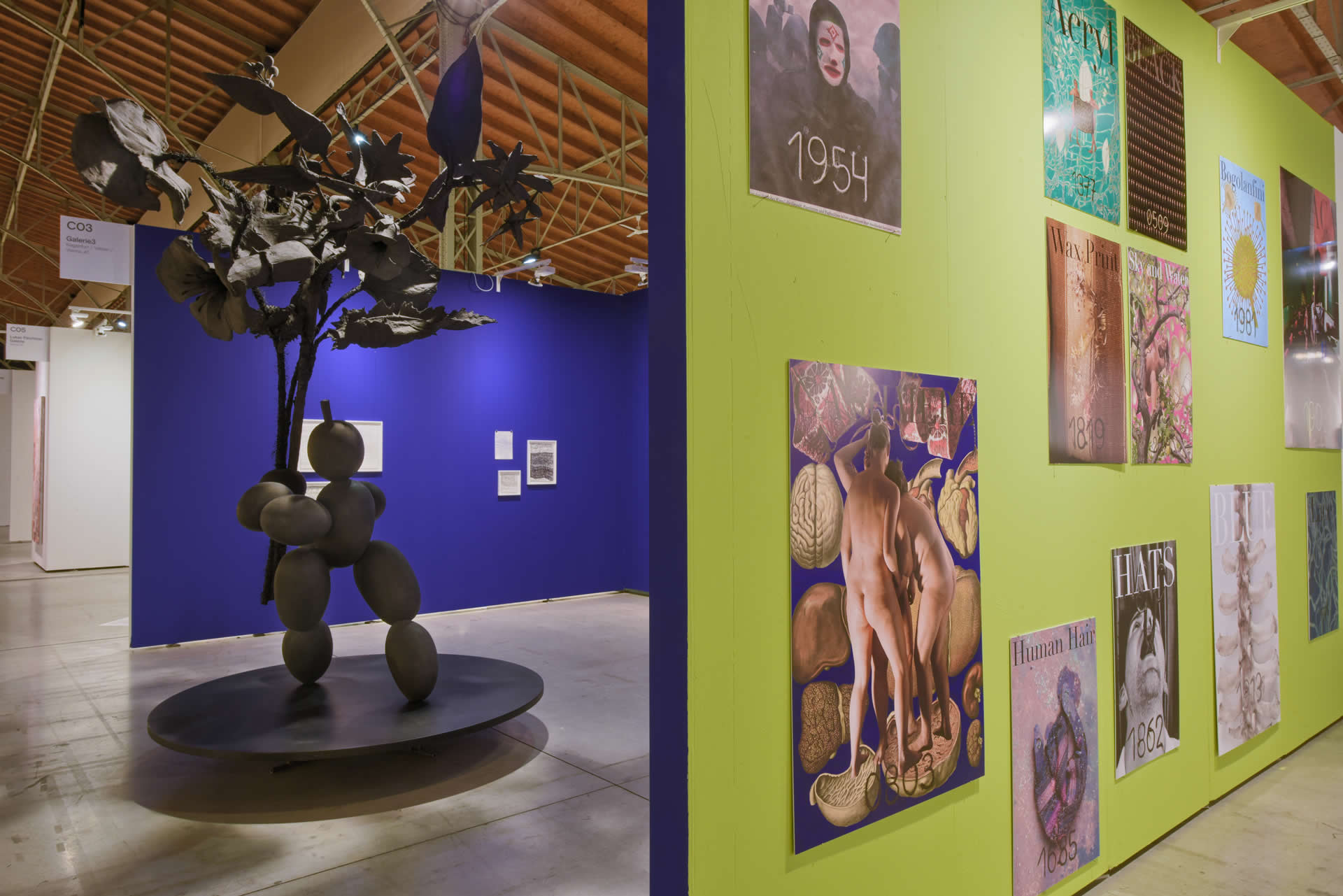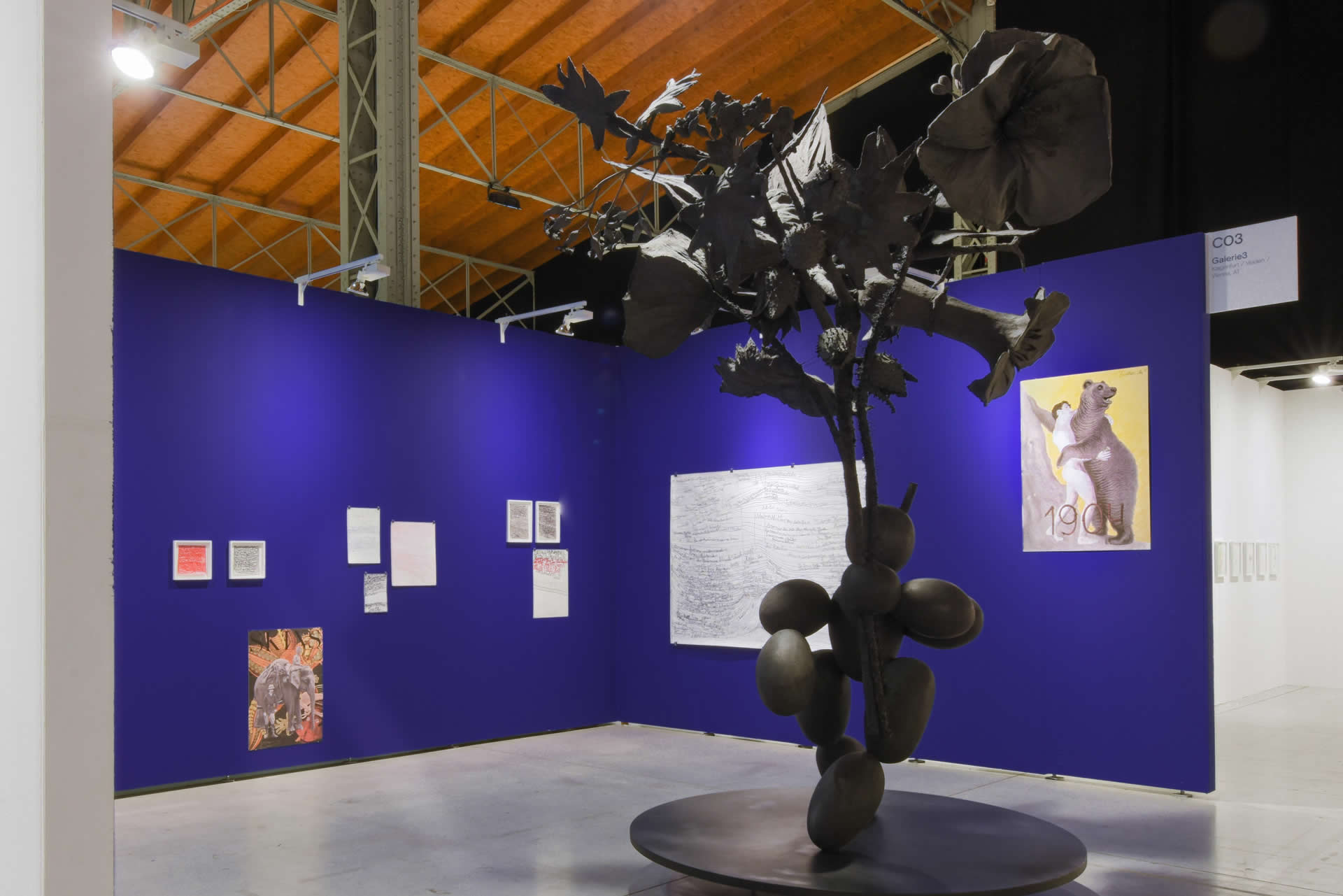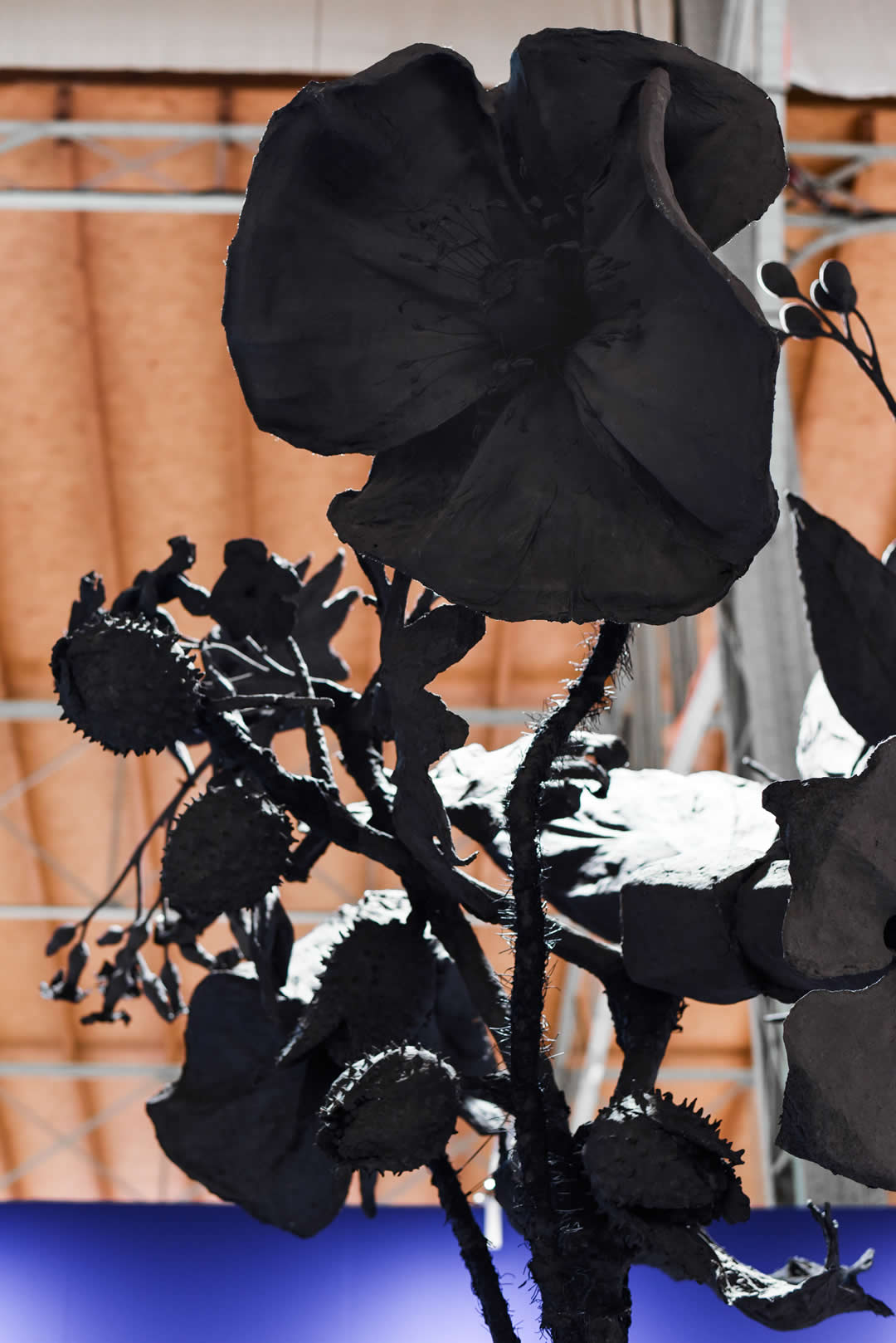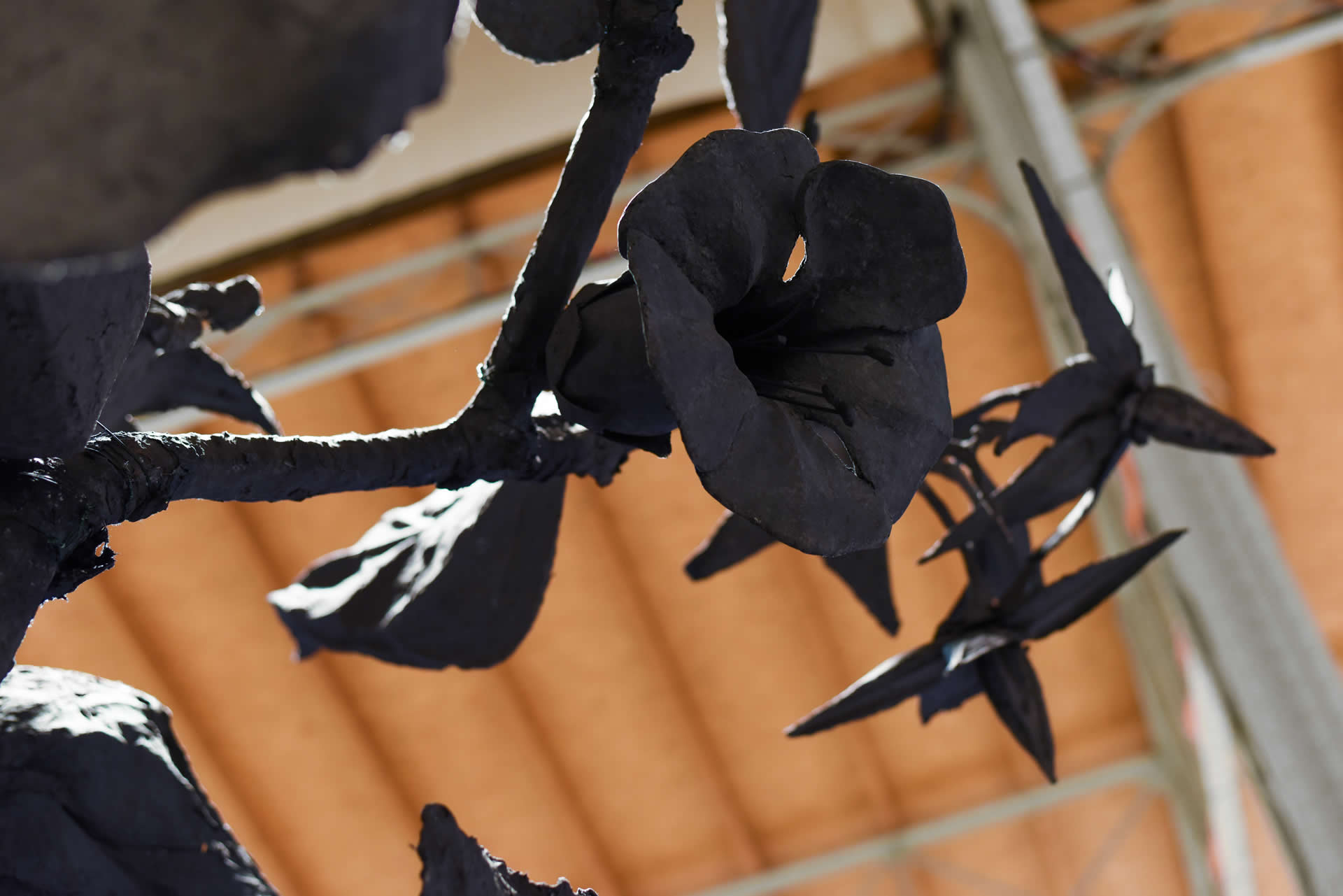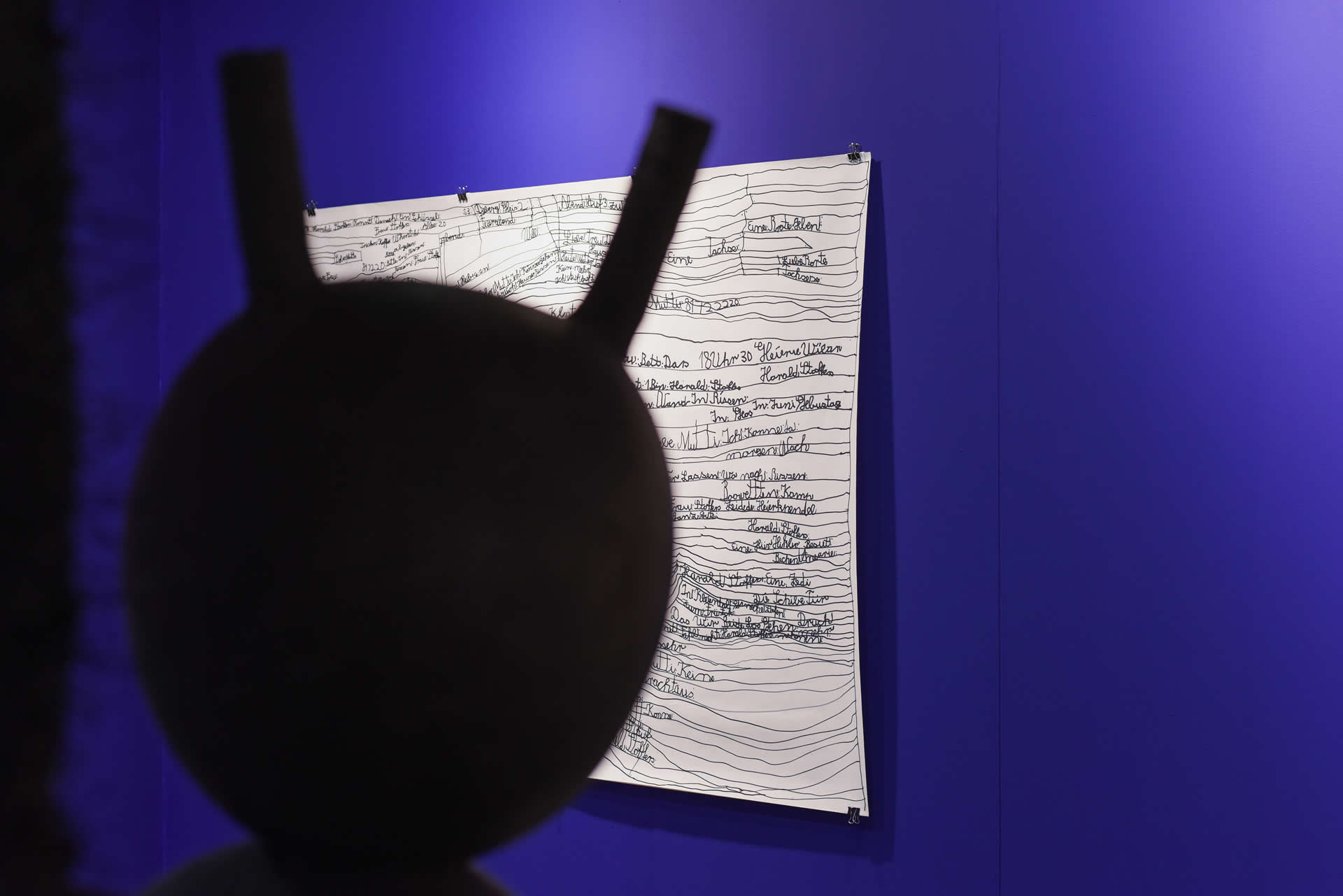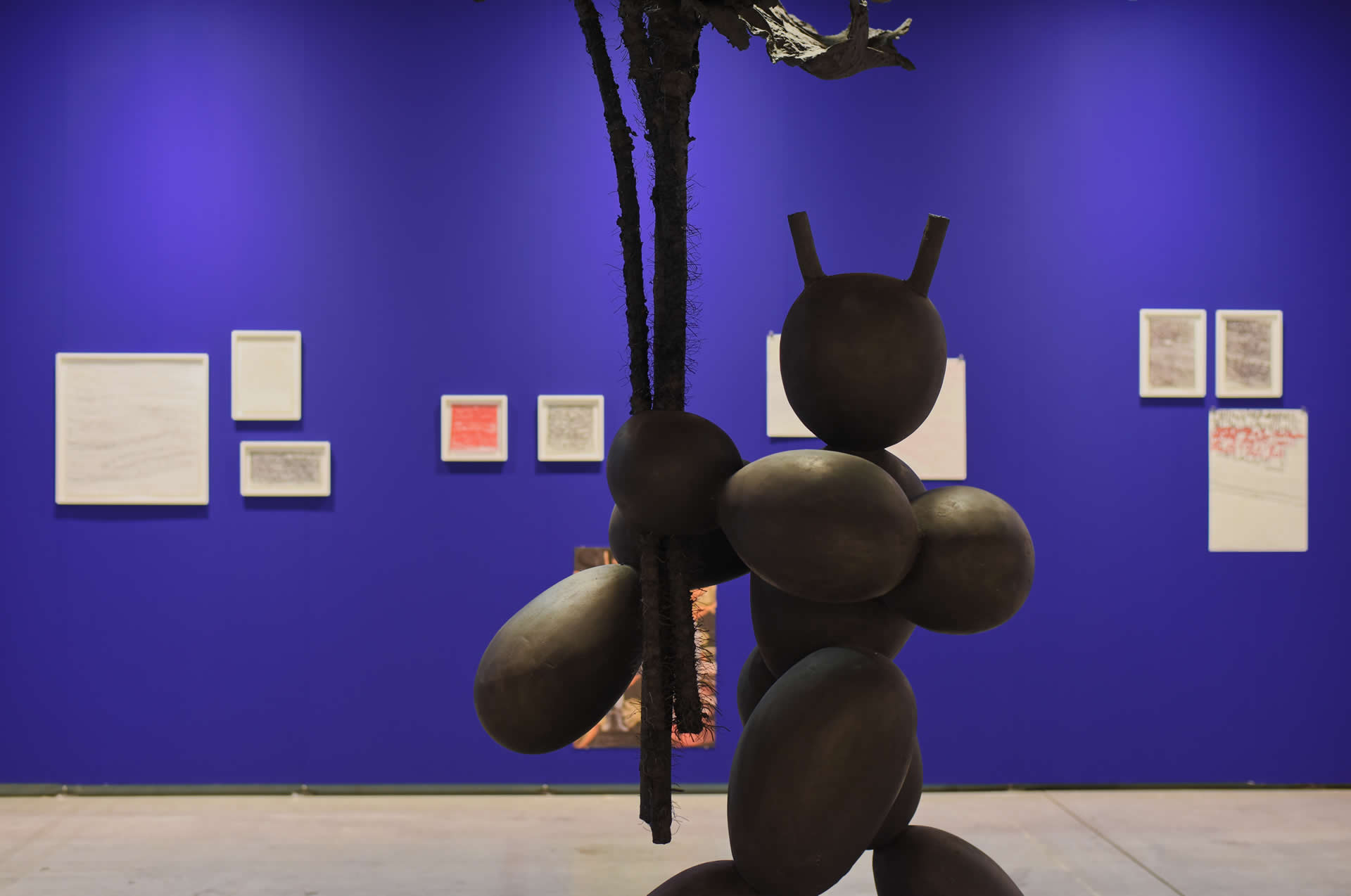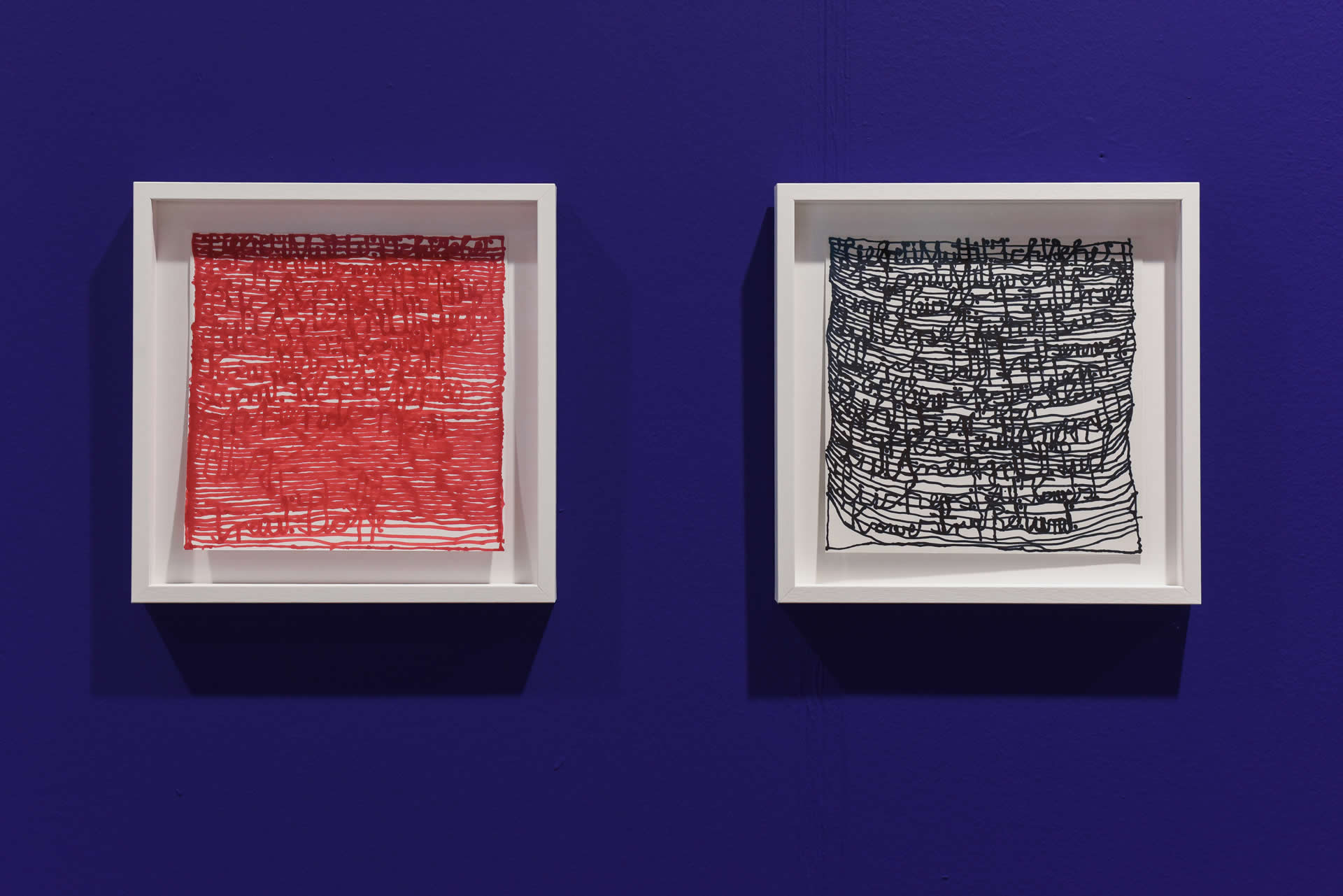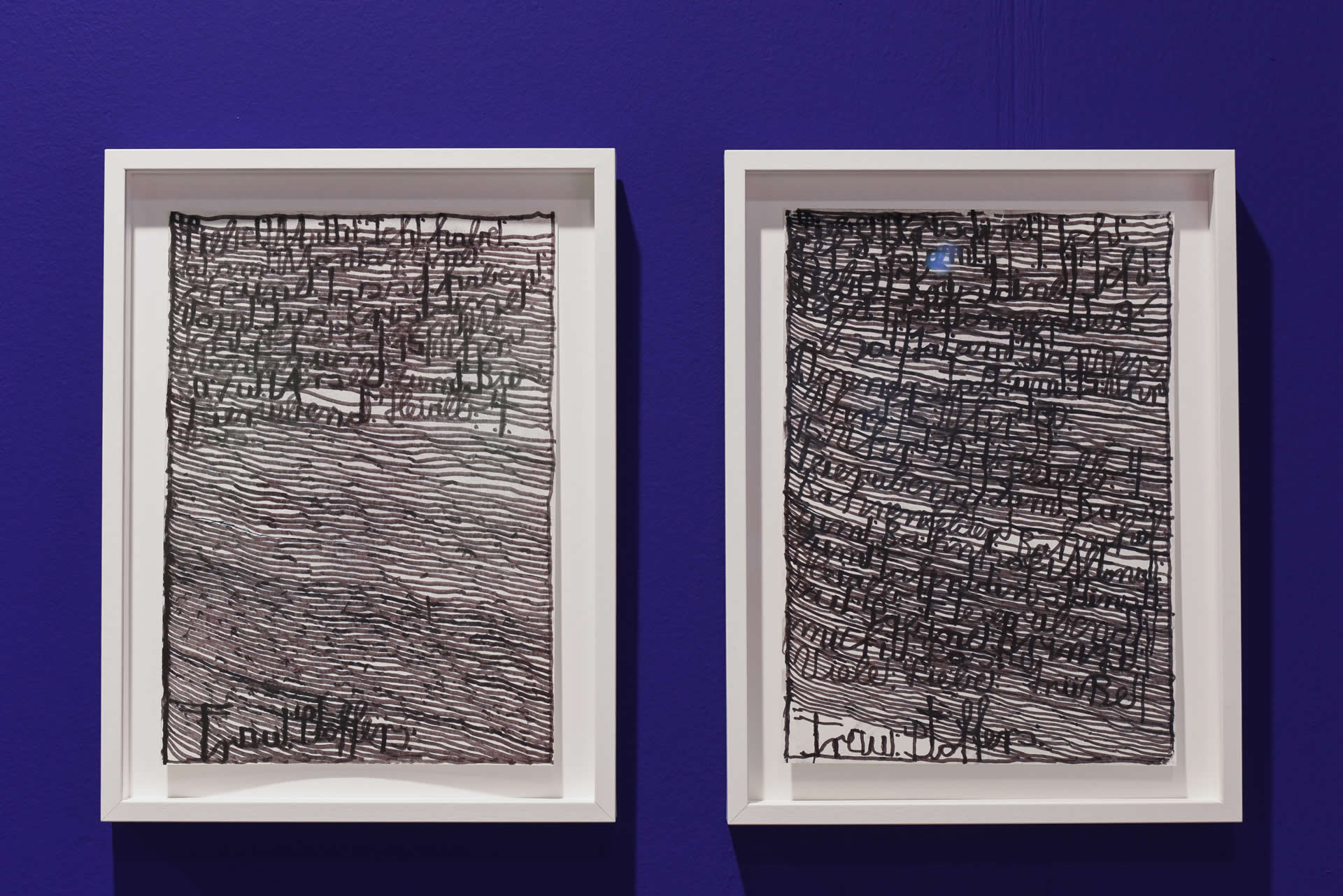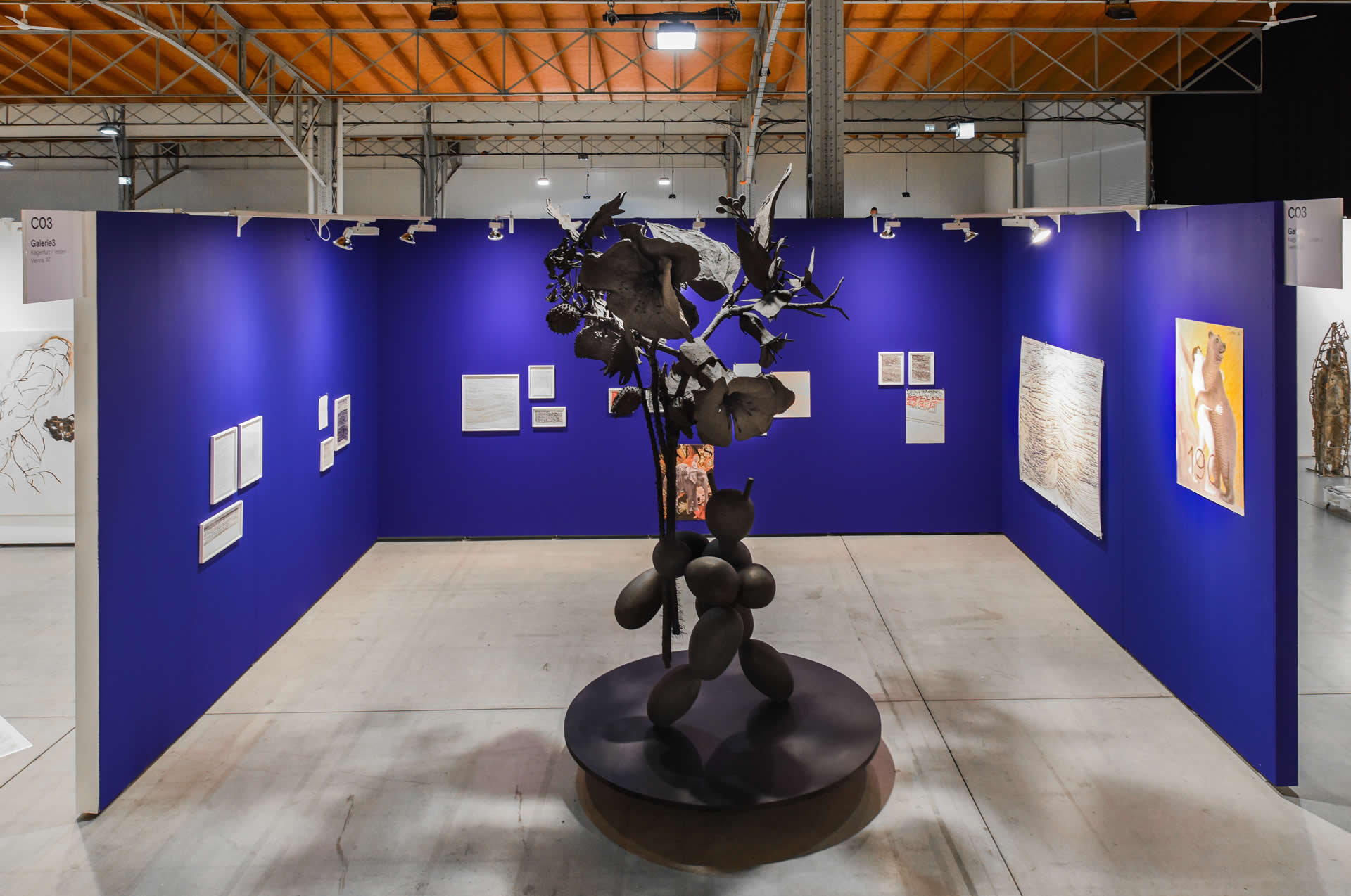viennacontemporary 2020
Ines Doujak | Harald Stoffers
viennacontemporary 2020
Ines Doujak | Harald Stoffers
viennacontemporary 2020
Ines Doujak | Harald Stoffers
Galerie3 | C03
24. – 27. September 2020
Marx Halle, Karl-Farkas-Gasse 19, 1030 Vienna
Öffnungszeiten
Preview – Nur mit Einladung
24. September: Time Slots 11:00-14:00, 14:00-17:00, 17:00-20:00 Uhr
Messetage
25. September: VIP hours 11:00-13:00 Uhr – Nur mit Einladung
Time Slots 13:00-16:00, 16:00-19:00 Uhr
26. September: VIP hours 11:00-13:00 Uhr – Nur mit Einladung
Time Slots 13:00-16:00, 16:00-19:00 Uhr
27. September: VIP hours 10:00-12:00 Uhr – Nur mit Einladung
Time Slots 12:00-15:00, 15:00-18:00 Uhr
Es besteht kein Einlass außerhalb des Timeslots auf Ihrem Ticket.
Bitte haben Sie hierfür Verständnis.
Hausregeln
Am Eingang werden Taschen- und Rucksackkontrollen durchgeführt.
Wir danken für Ihr Verständnis.
Hunde sind auf dem gesamten Messeplatz leider nicht gestattet.
Öffentliche Anbindung
Straßenbahn: 71 (St. Marx), 18 (Viehmarktgasse oder St. Marx)
U-Bahn: U3 (Schlachthausgasse oder Erdberg)
Bus: 74A (Viehmarktgasse)
Regional Express: S7 (St. Marx)
viennacontemporary.at
INES DOUJAK
Ines Doujaks (*1959, Klagenfurt) multidisciplinary practice spans across photography, performance, film and installation. She participated in documenta 12 and her work is shown at museums, institutions, biennales and the public space worldwide. In 2007 she received the City of Vienna Art Award and in 2017 the Carinthian Honorary Award for Visual Arts.
Ines Doujak received two research grants from the Austrian Science Fund, including Loomshuttles, Warpaths, an extensive study of textiles to investigate their global history characterized by cultural, class, and gender conflict. One of the artistic outcomes is a series of 50 posters and 1 exhibition book, together entitled “Loomshuttles, Warpaths. The Eccentric Archive 2010 – 2018”.
Eshu, the divine messenger and trickster from African Yoruba mythology, is the owner of the roads in this world and owns the keys to all doors. In particular, Eshu stands at the crossroads of the human and the divine, and nothing can be done in either world without his permission. He translates the language of nature into the language of humans and the language of humans into the language of nature. Equally cruel and generous; treacherous and capricious he carries a bunch of flowers from hallucinogenic plants like poppy, datura, stinking nightshade, khat, and coca to send our dreams across the worlds.
HARALD STOFFERS
Harald Stoffers’ (*1961, Hamburg) letters have been shown in galleries from New York to Tokyo and in such prestigious institutions as the Mona (Australia), the Hamburger Kunsthalle (Germany), the Oliva Creative Factory (Portugal), the Dox Art Center (Prague) and the Maison Rouge (Paris). His distinctive graphic works form part of renowned private and public collections in Germany, France, Portugal, England, Japan and the USA.
For more than 20 years Harald Stoffers has developed his artistic practice of writing letters. He kicks off the process by choosing a paper and size, from tiny and ordinary to strong and ultra large, and marks a frame or window for the text. The next stage is drawing freehand guidelines, each aligned with the preceding ones. The effect is reminiscent of the constant repetitions that occur in nature in the form of wave movements, wood grain or rock strata. Through his passionate and meticulous writing, he developed a formal language, in which the drive to communicate exceeds the mere content of the words. His graphic work is emotionally charged and of a peculiar intensity, connecting modes of time and space.
Harald Stoffers‘ letters can be read as seismographic traces of everyday life, as musical scores of daily rhythms, moods and exertions, as webs of composed conceptual communication and much more. In his work Stoffers combines visual and significant features of an individual language which is determined by his own specific rules and triggers resonance.
